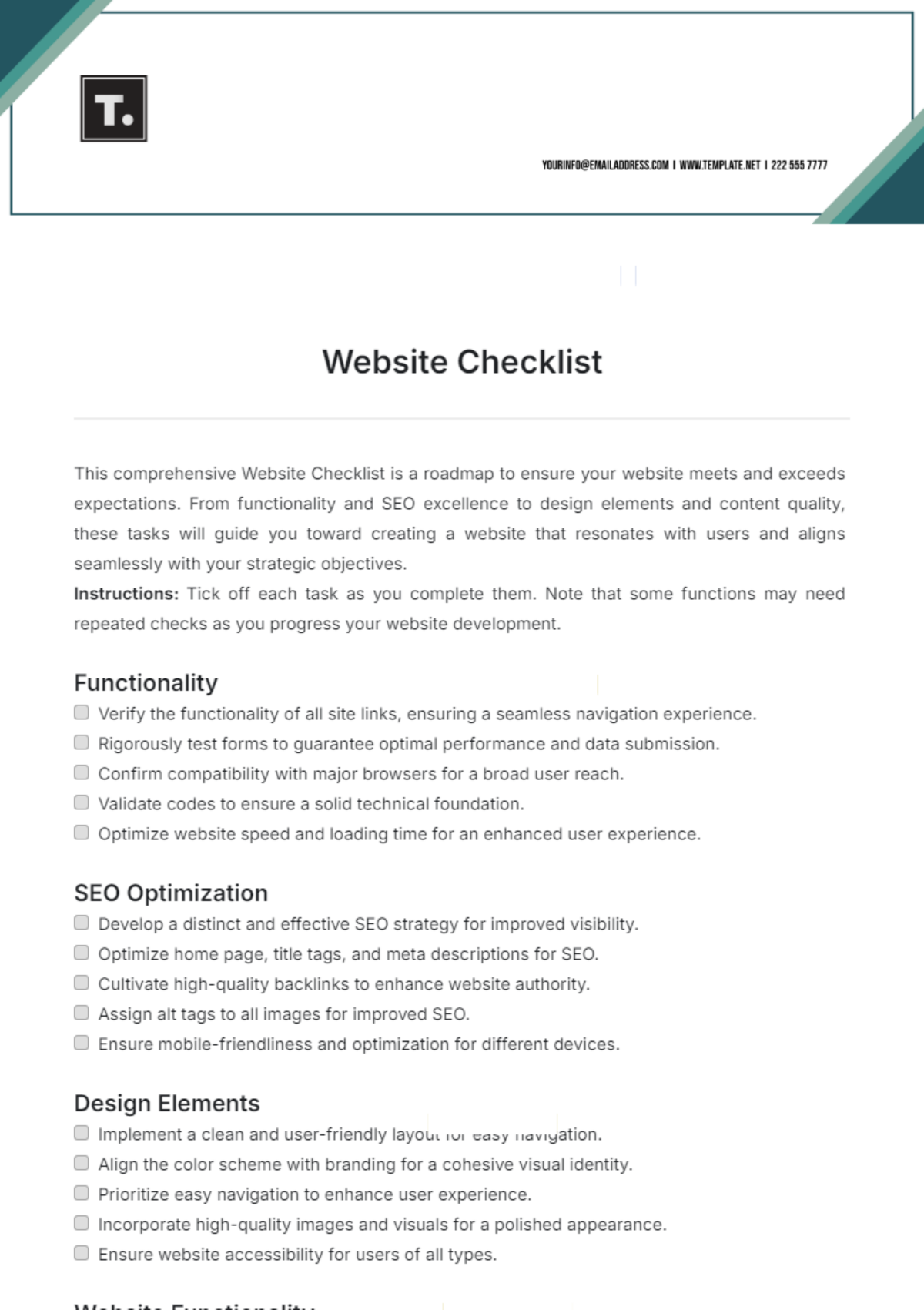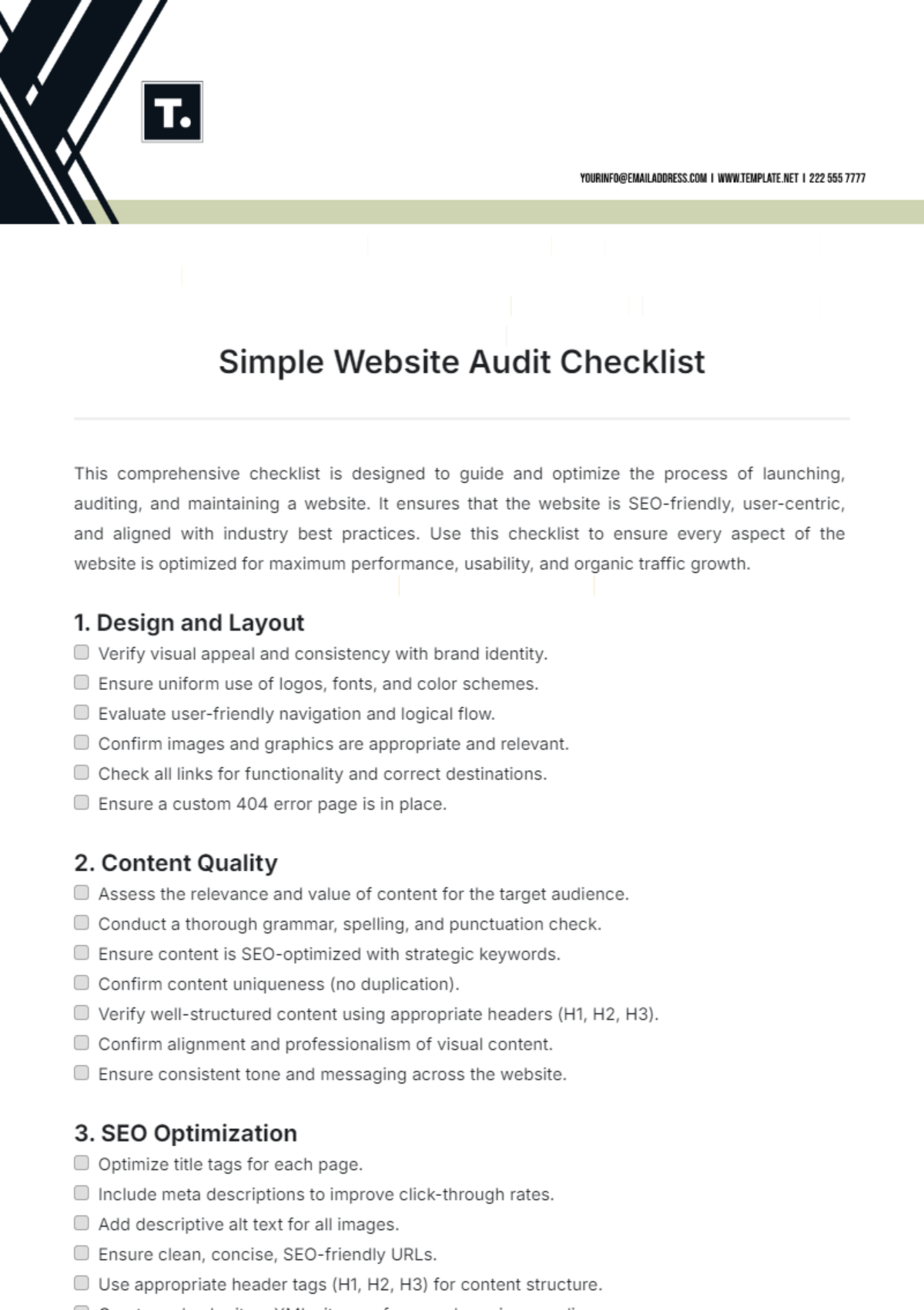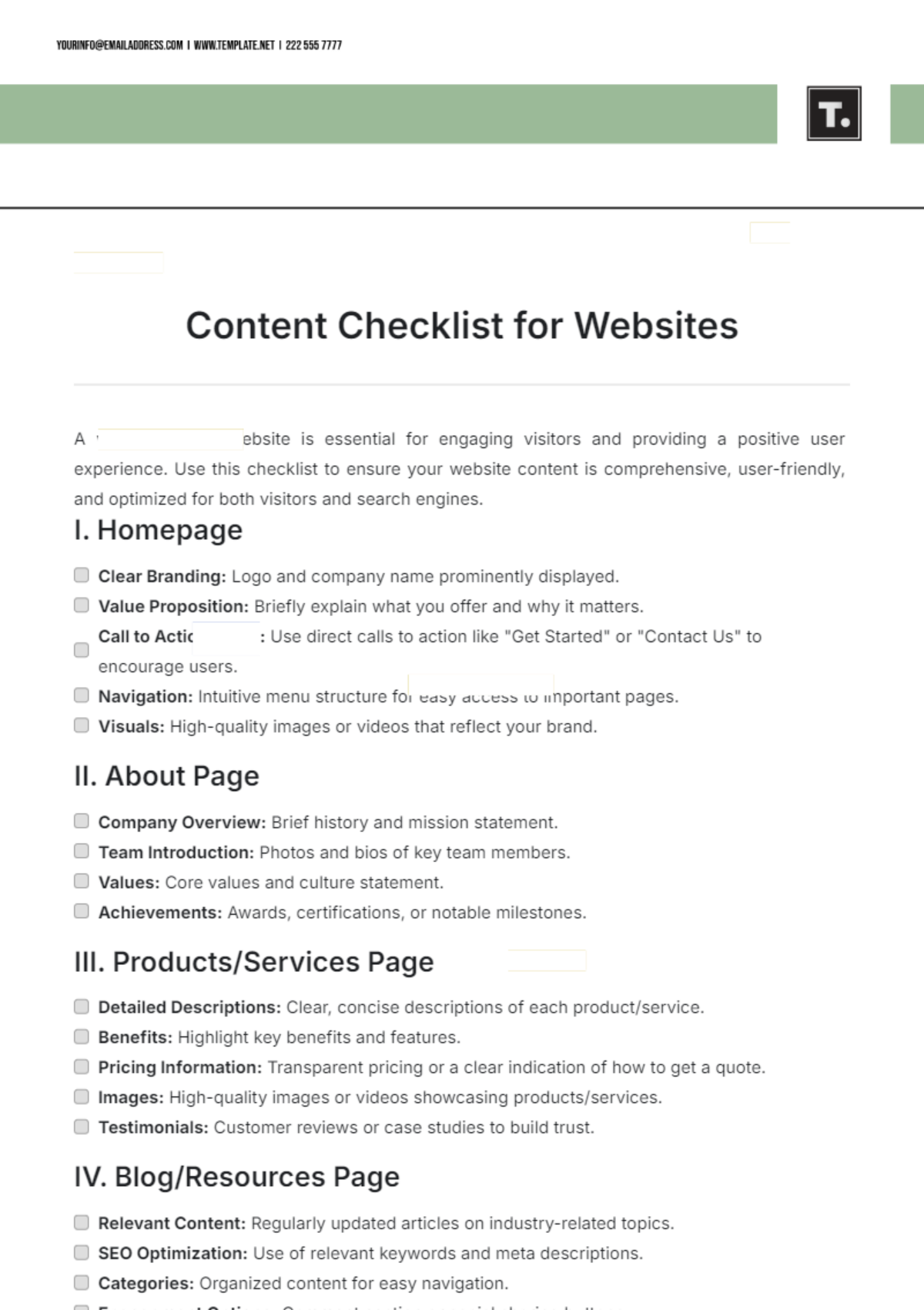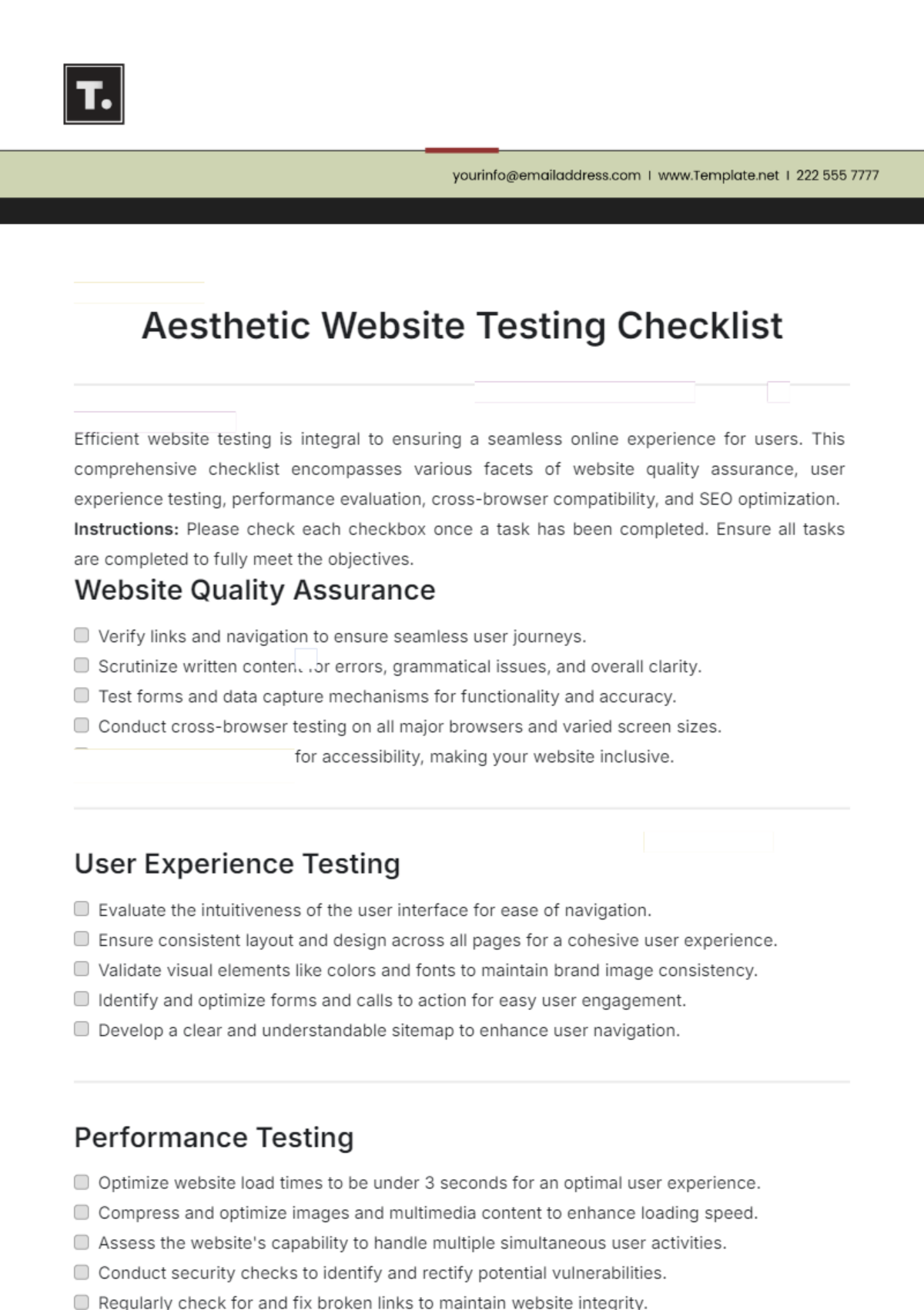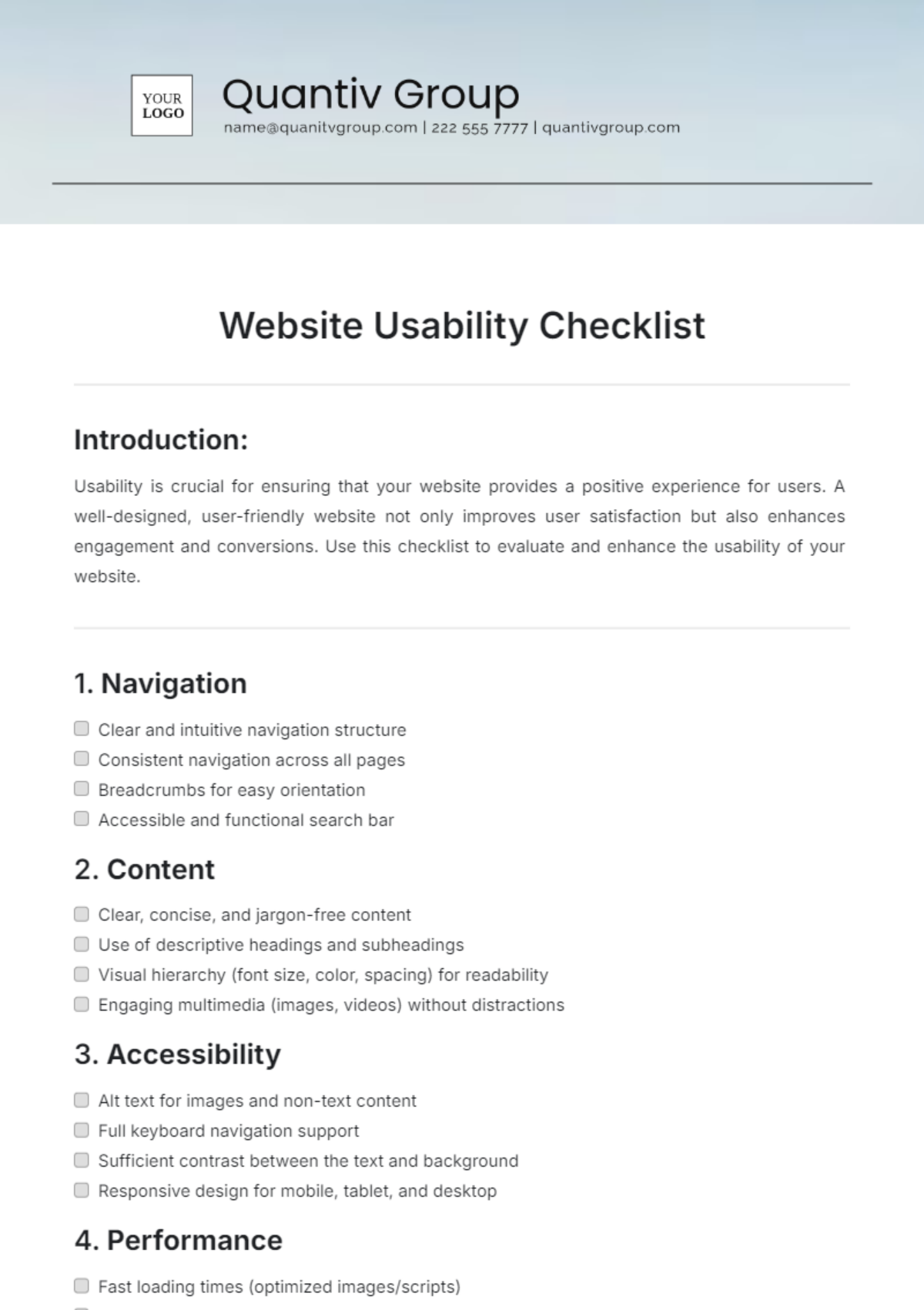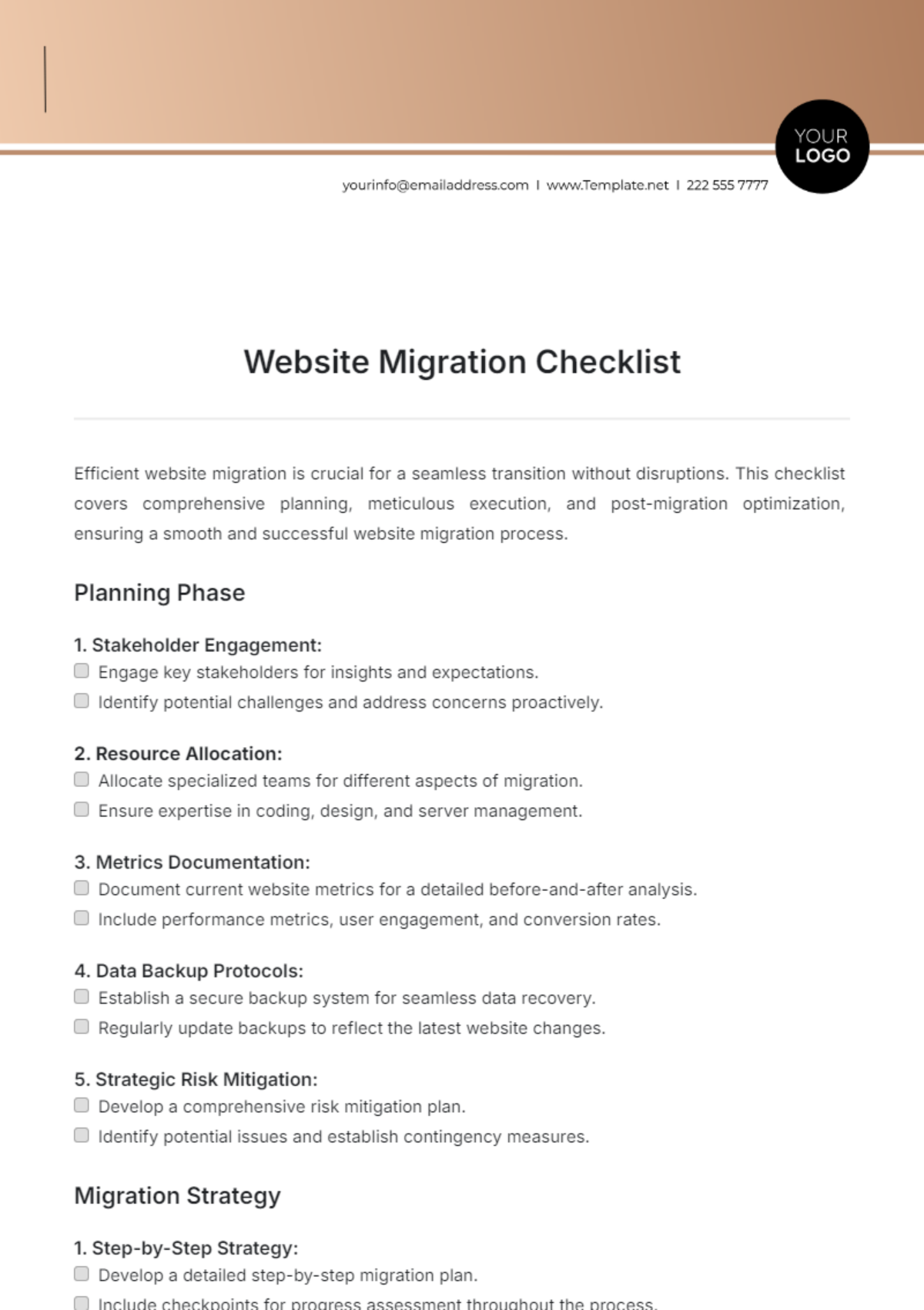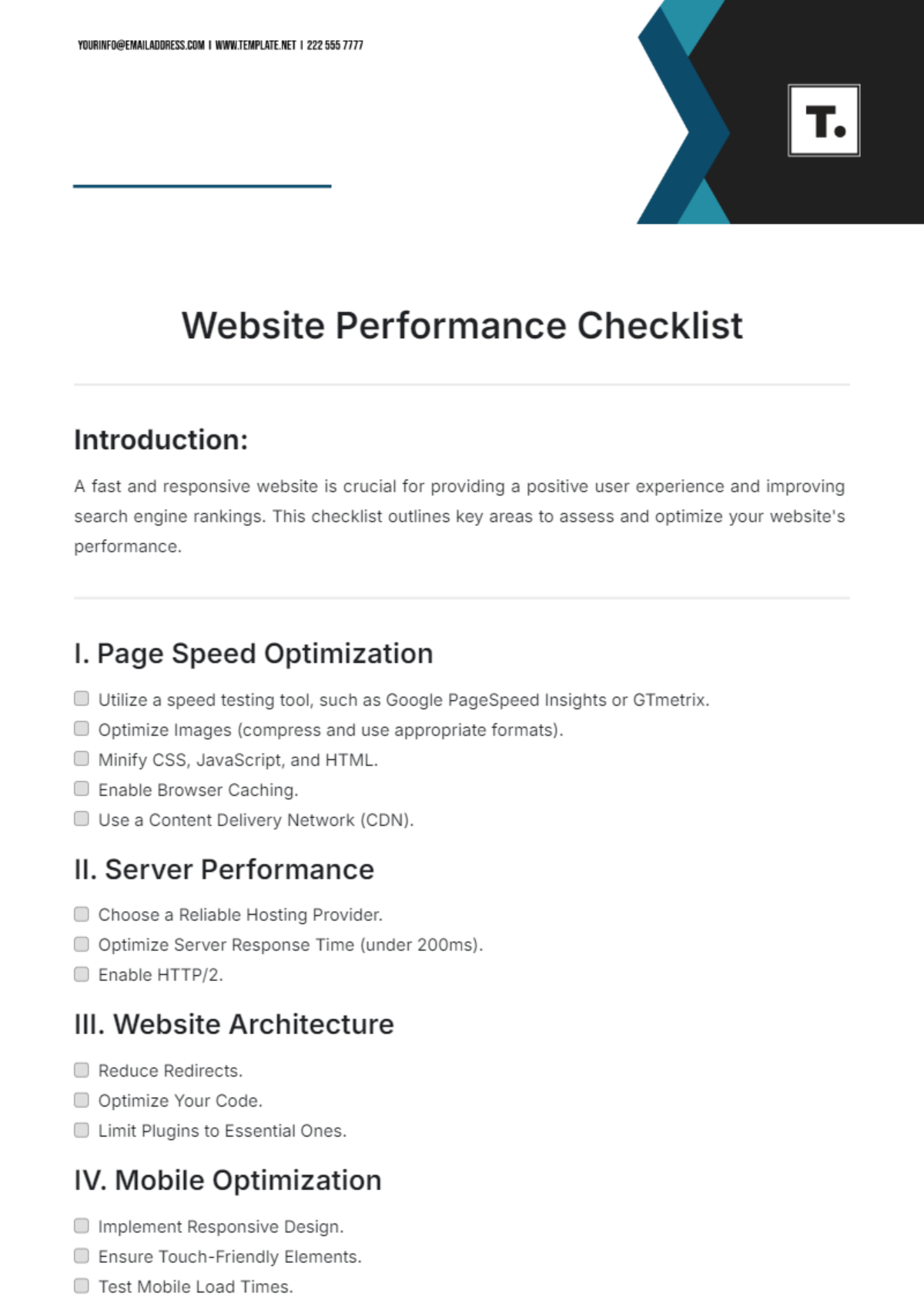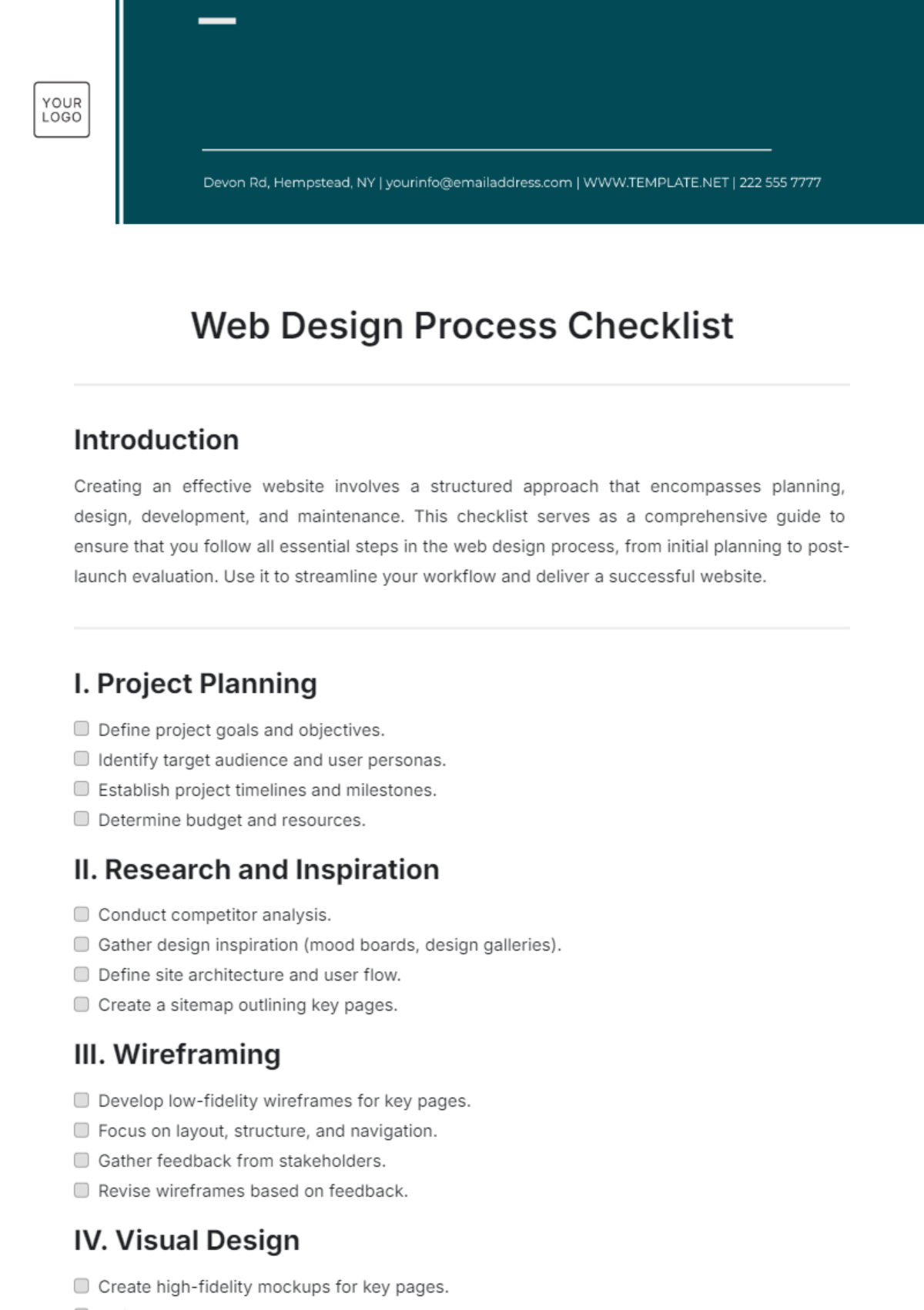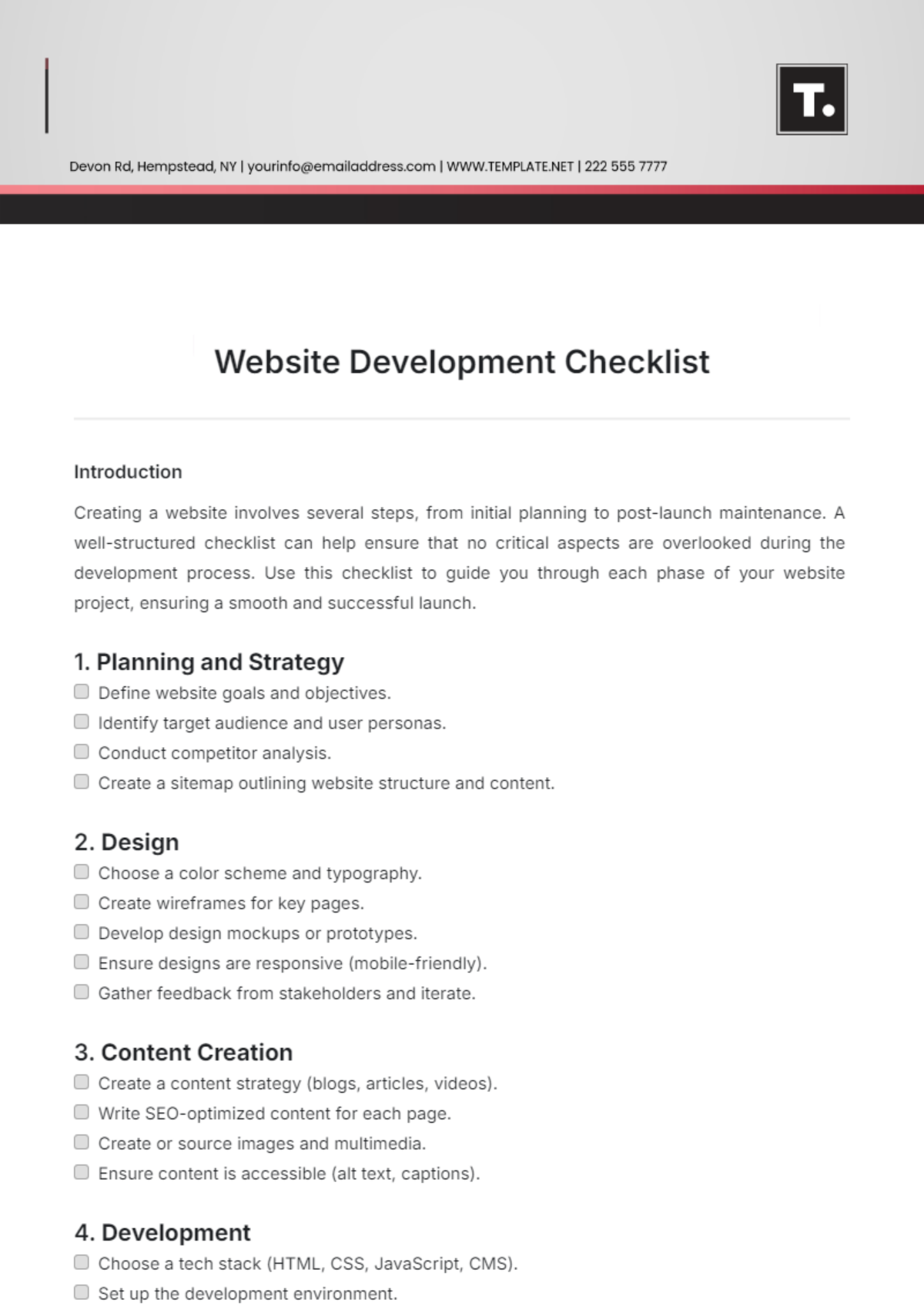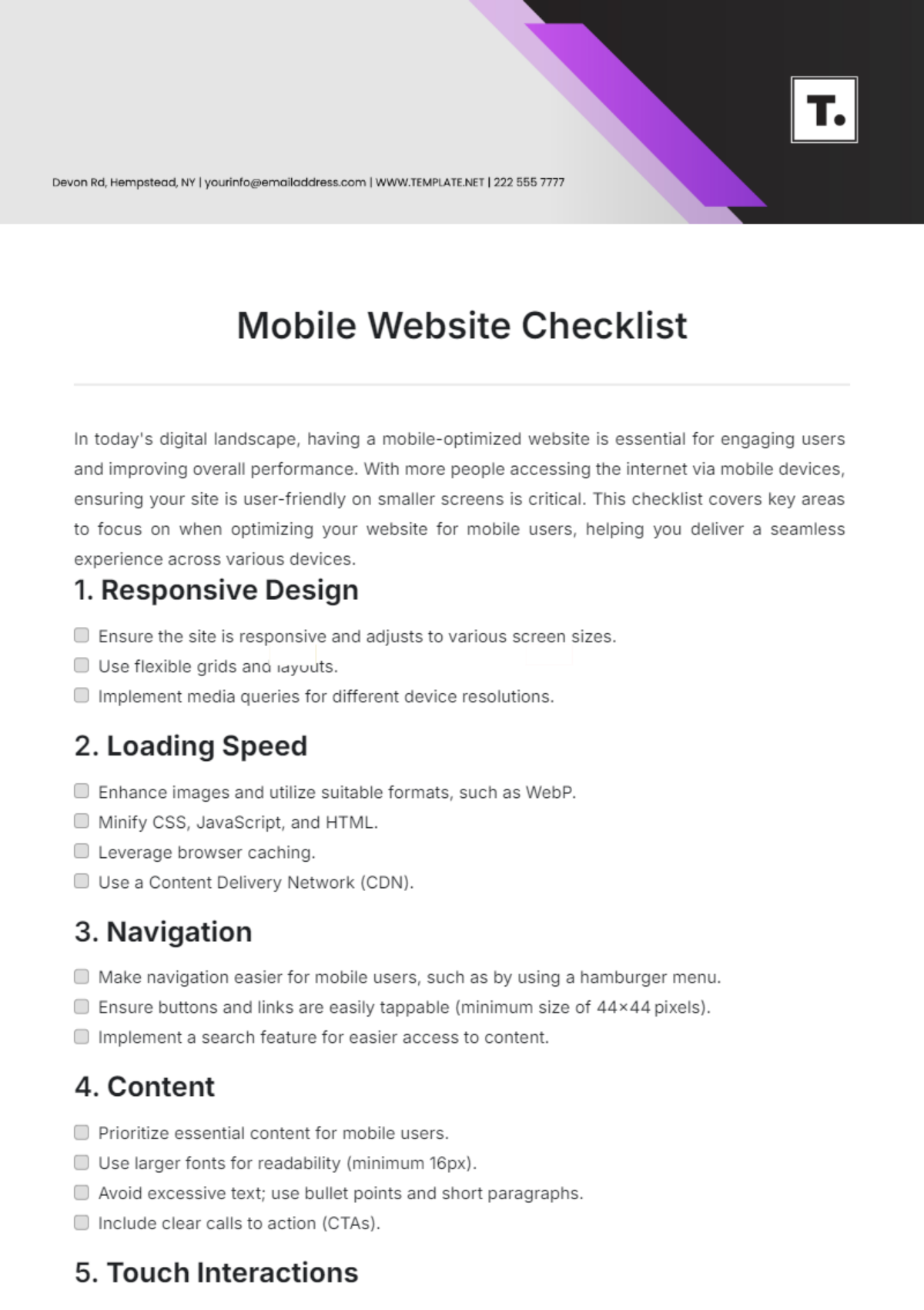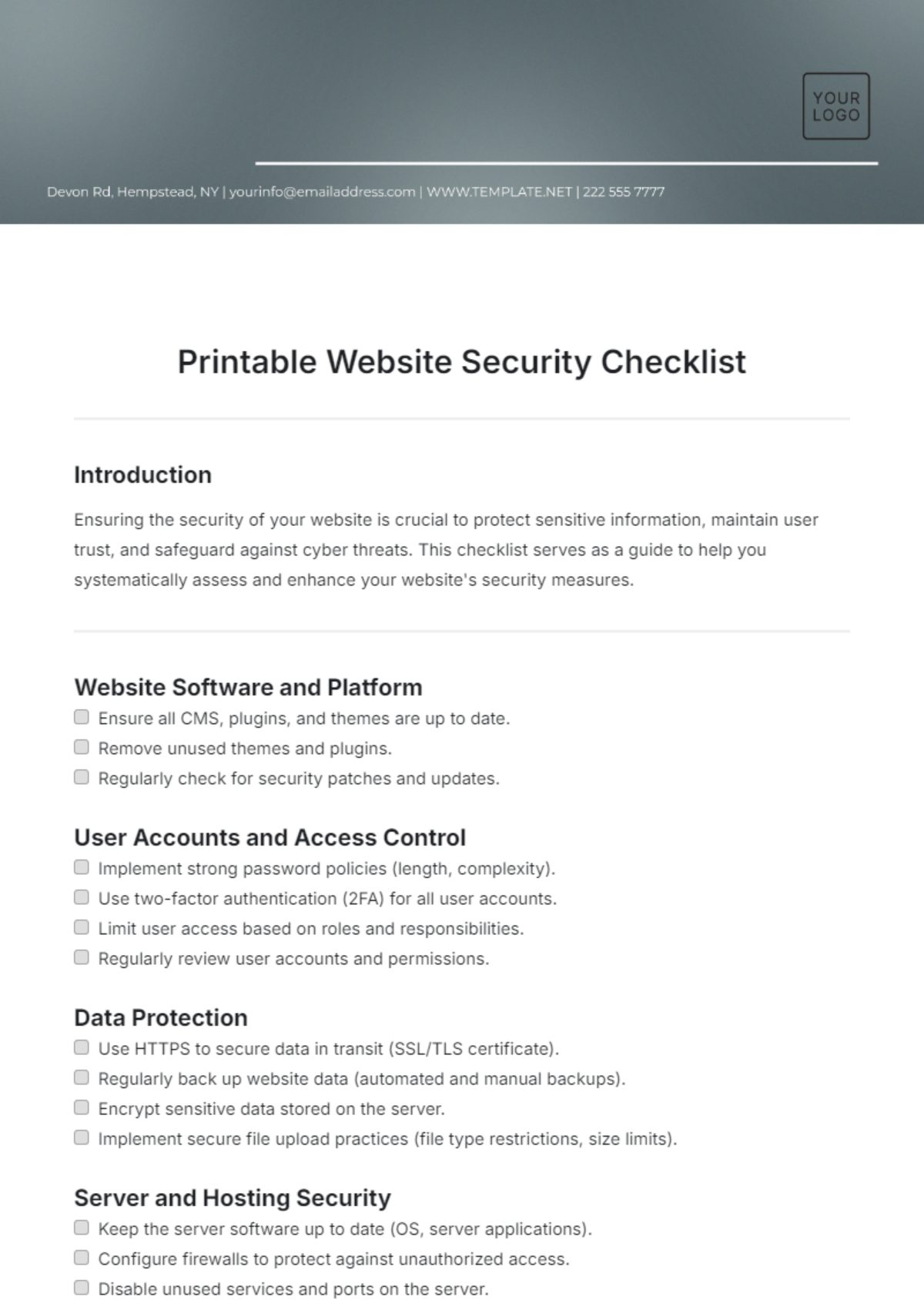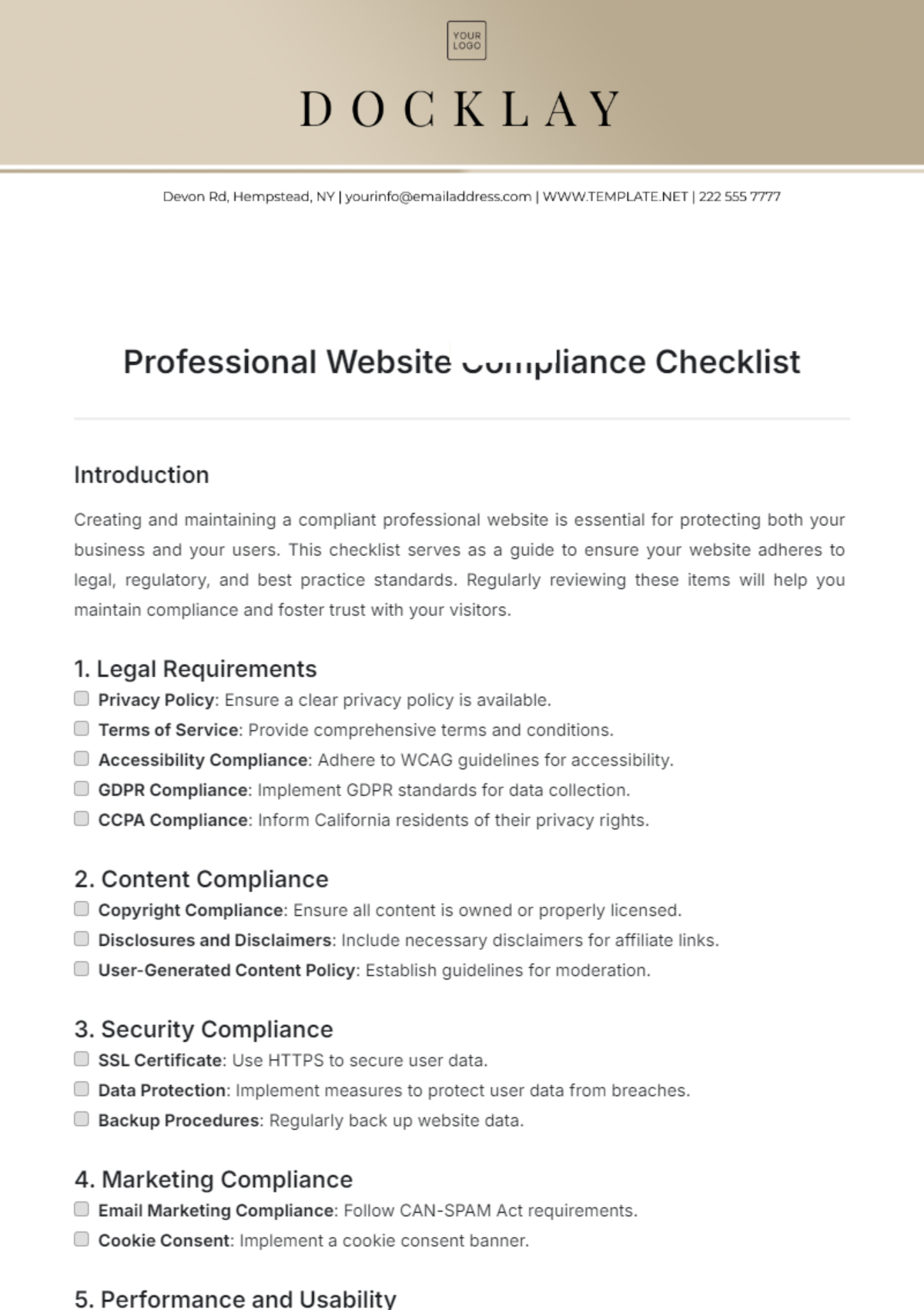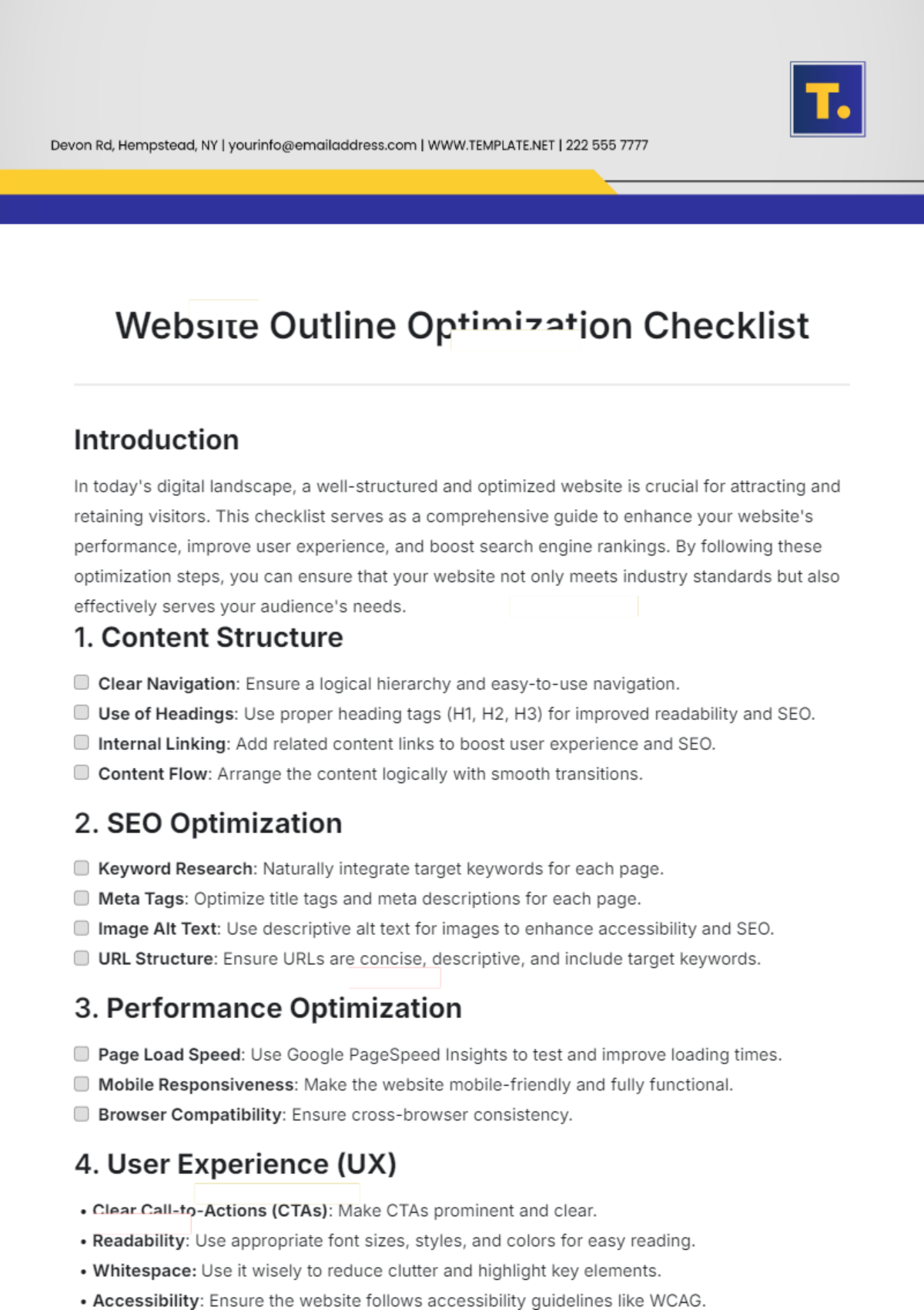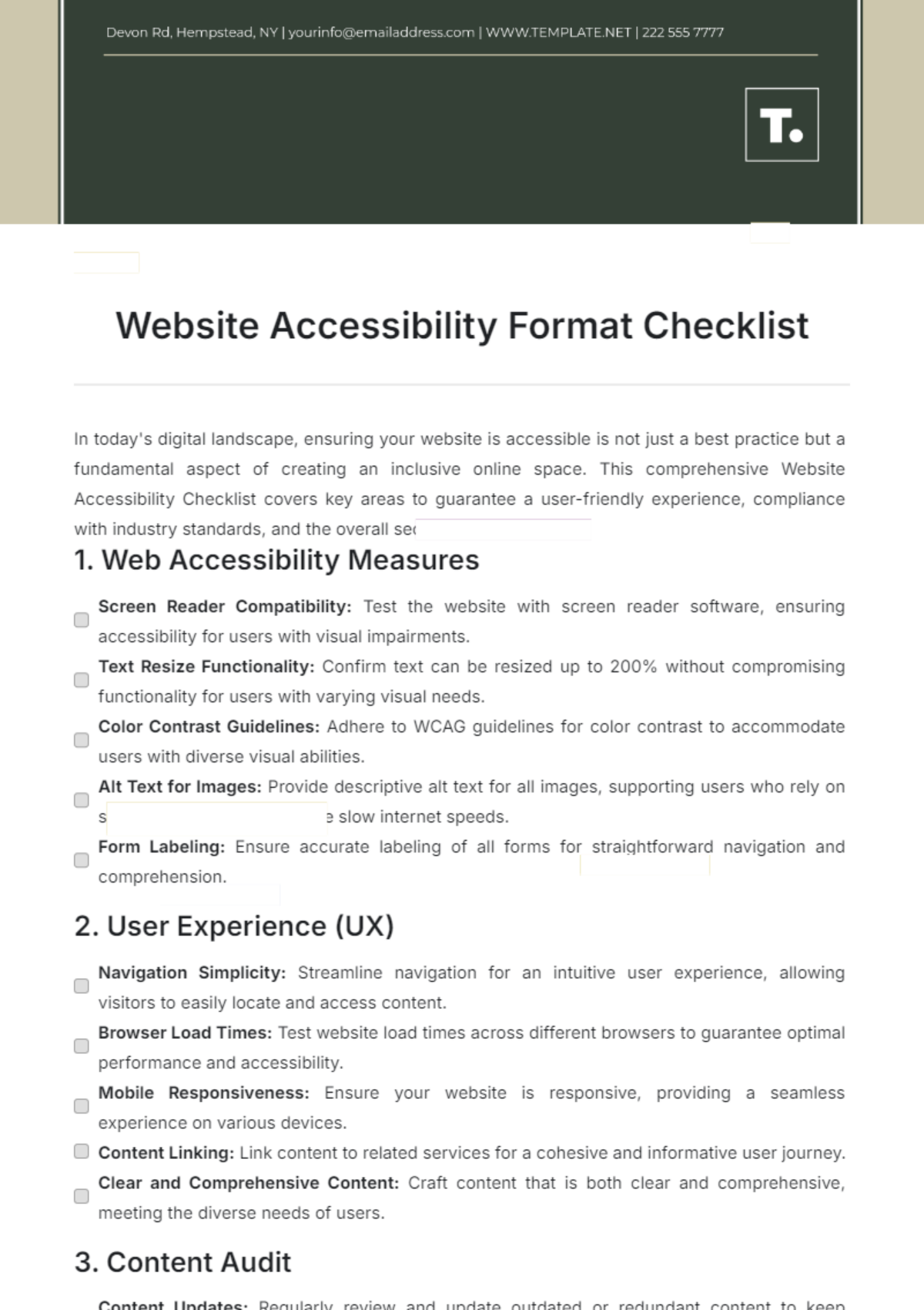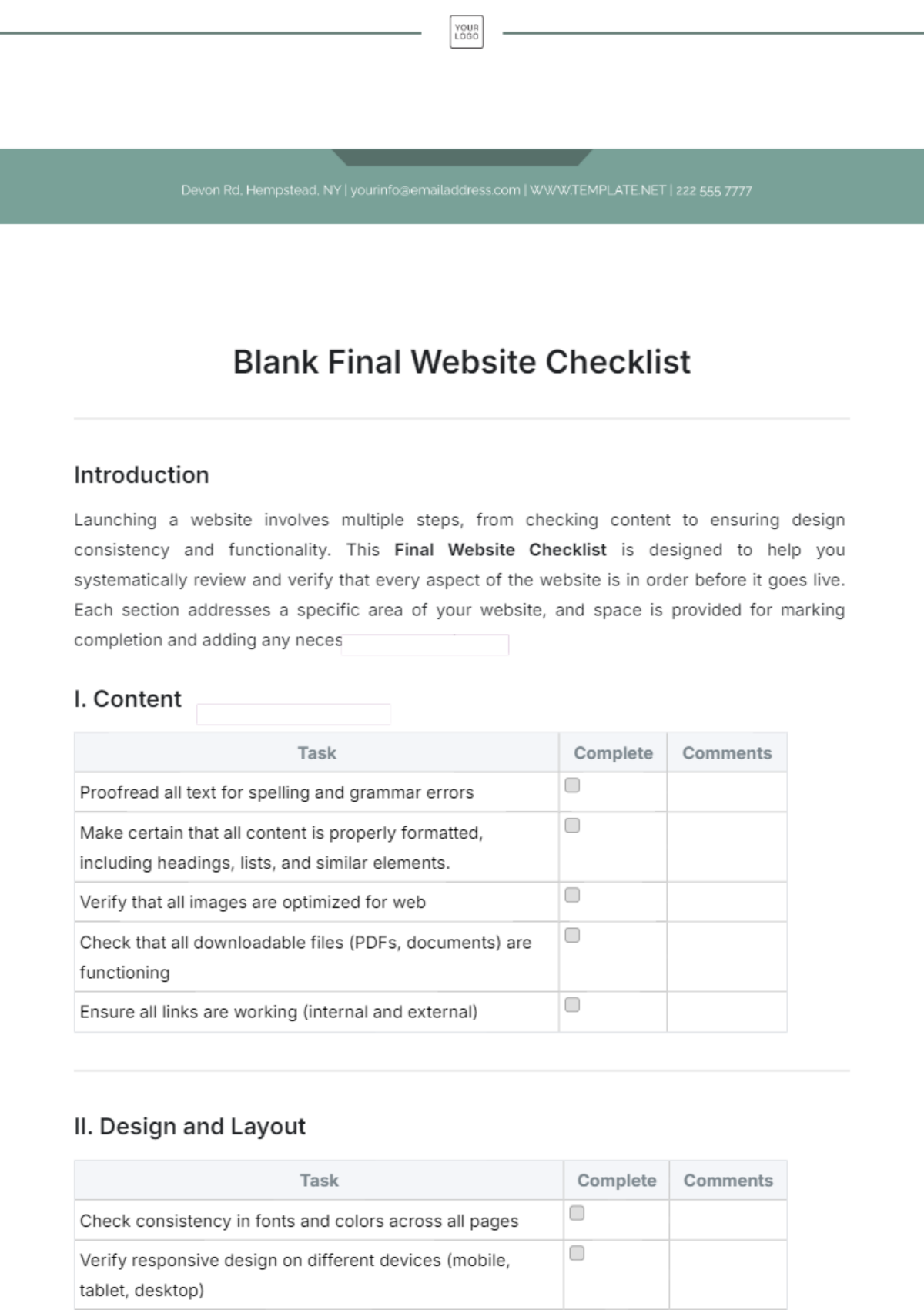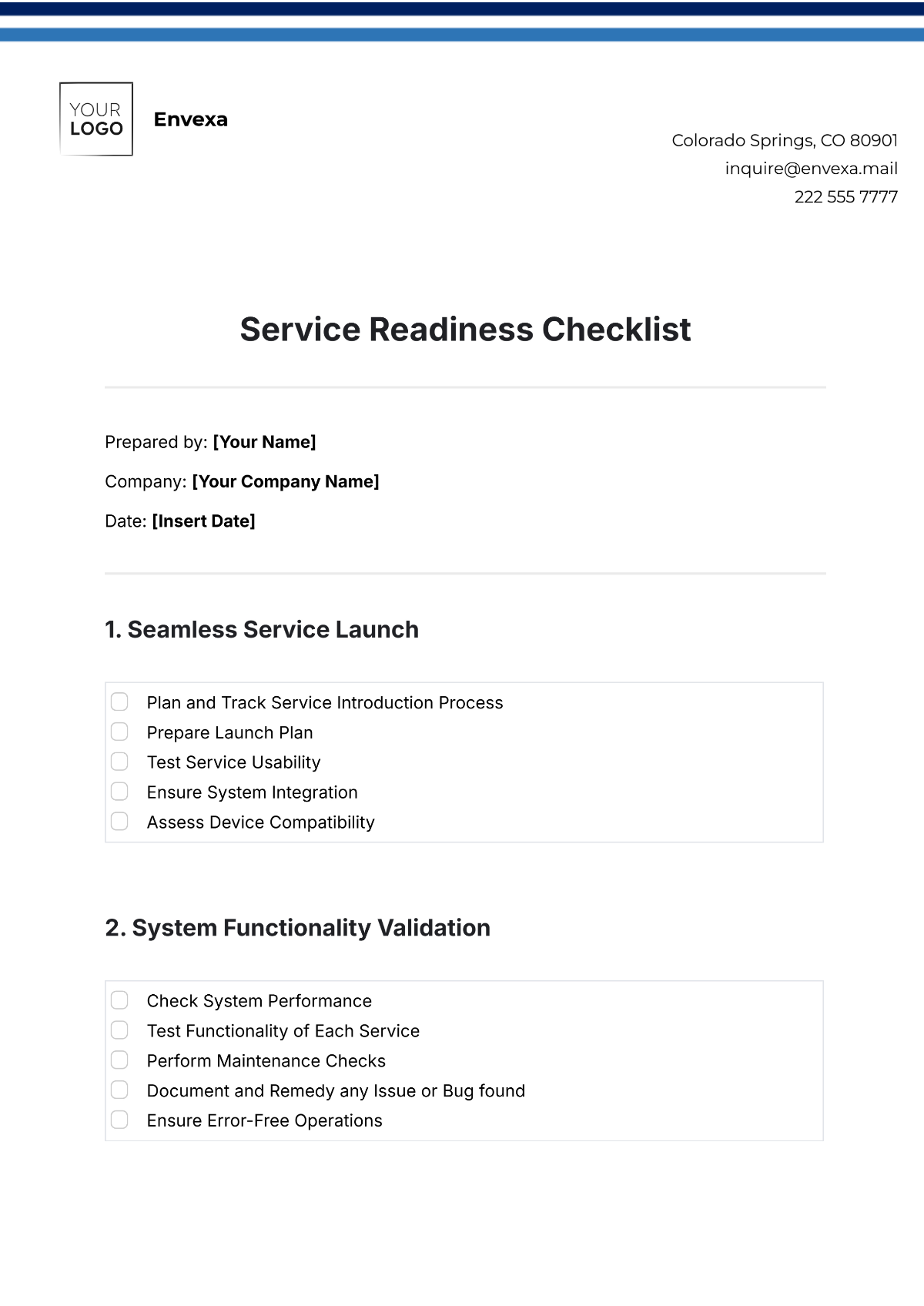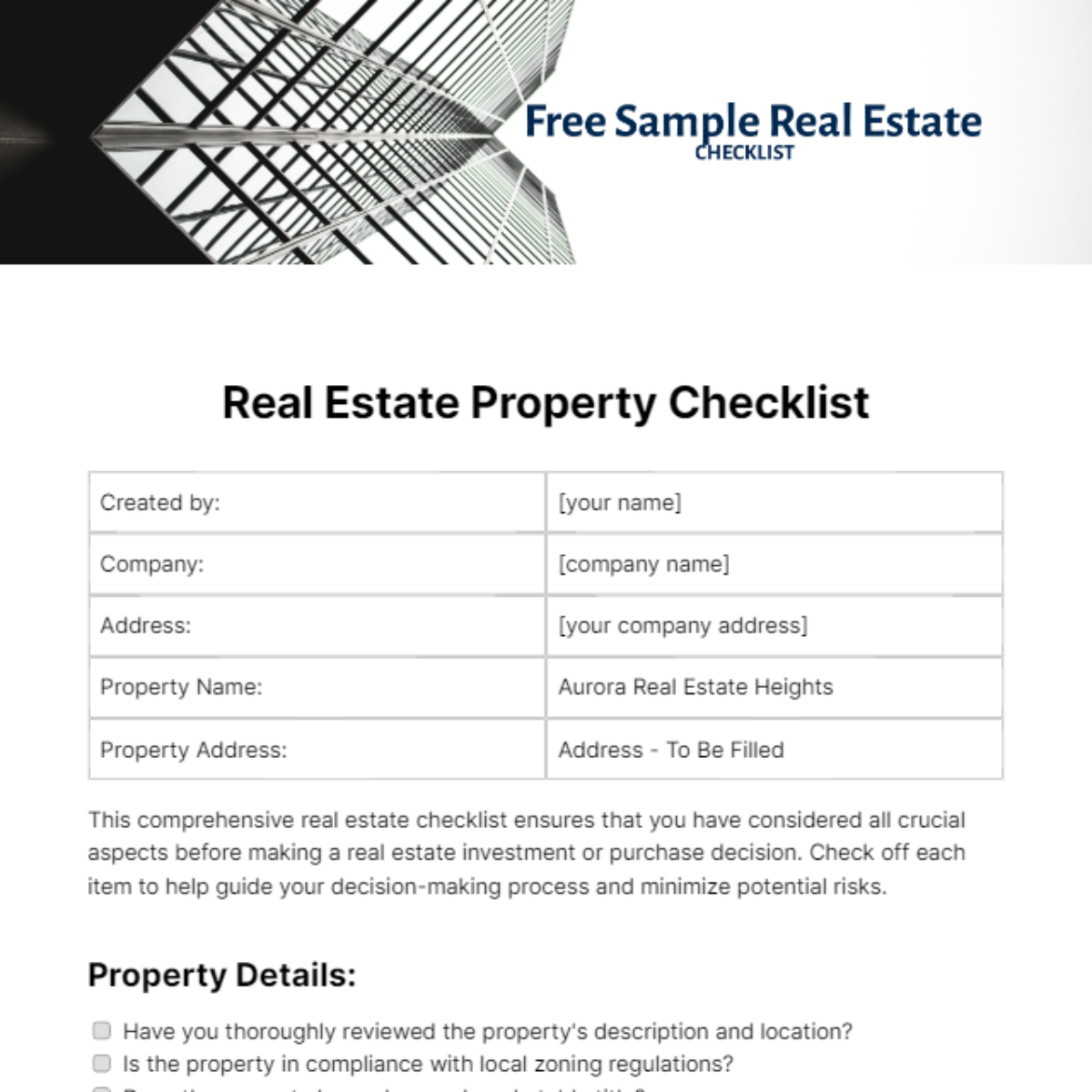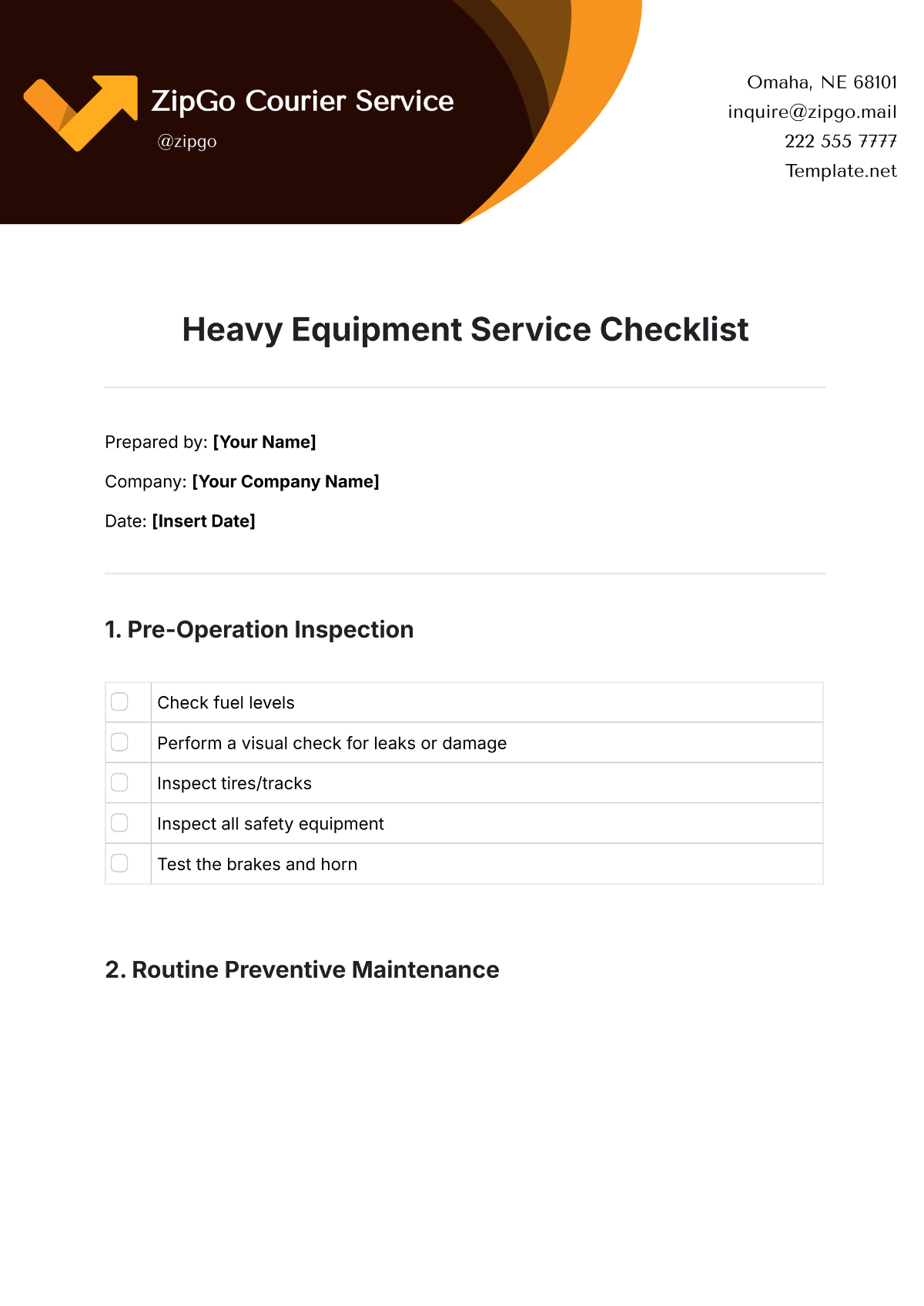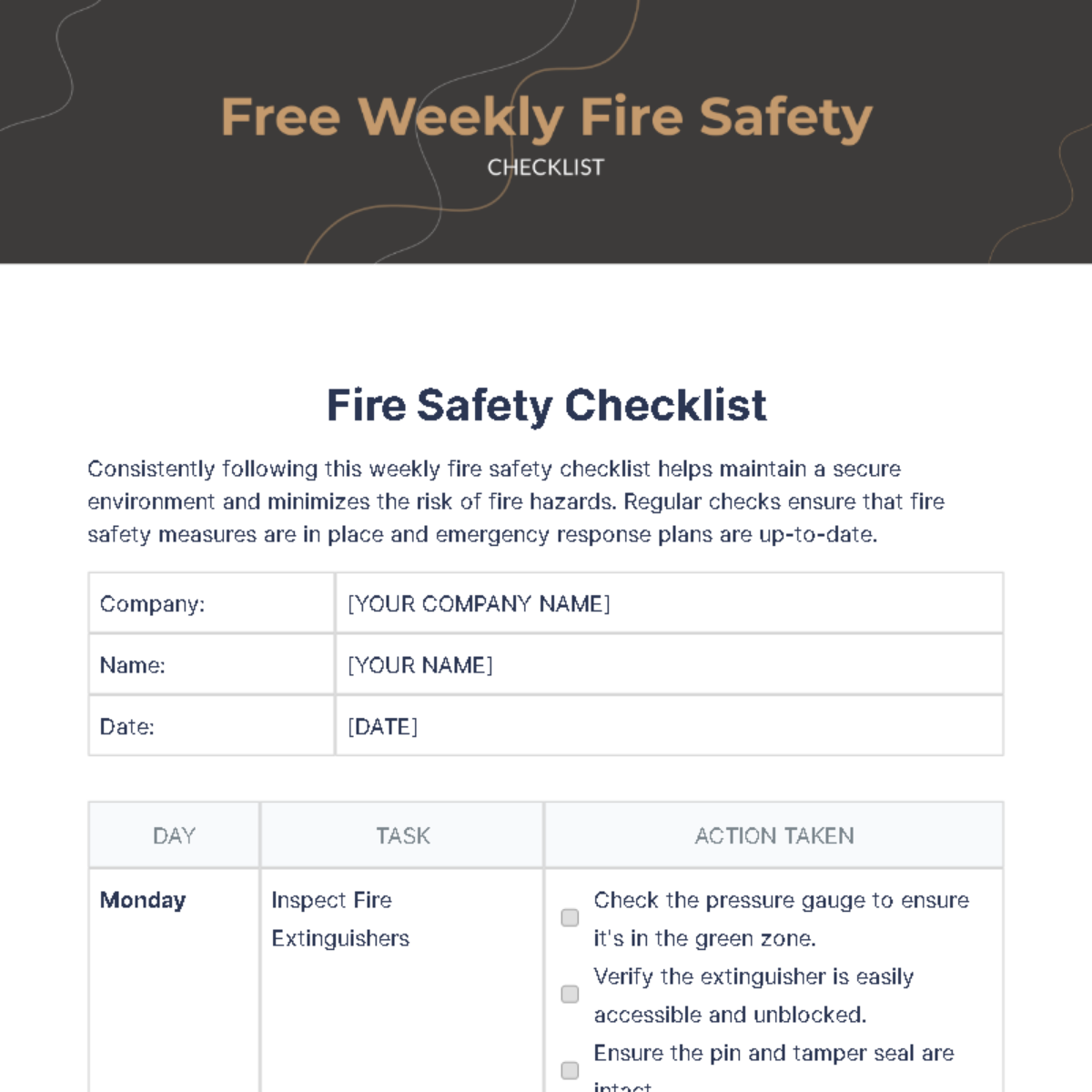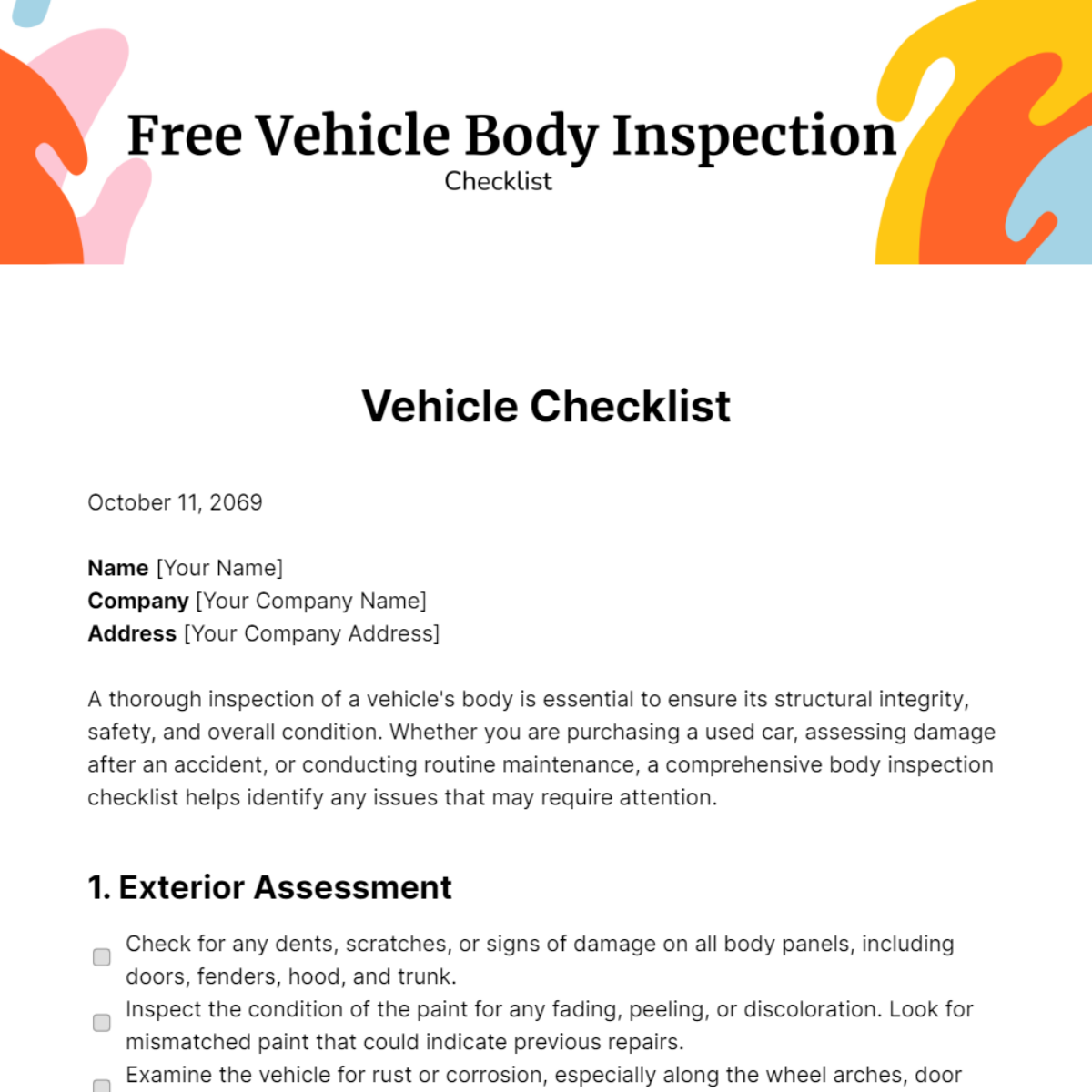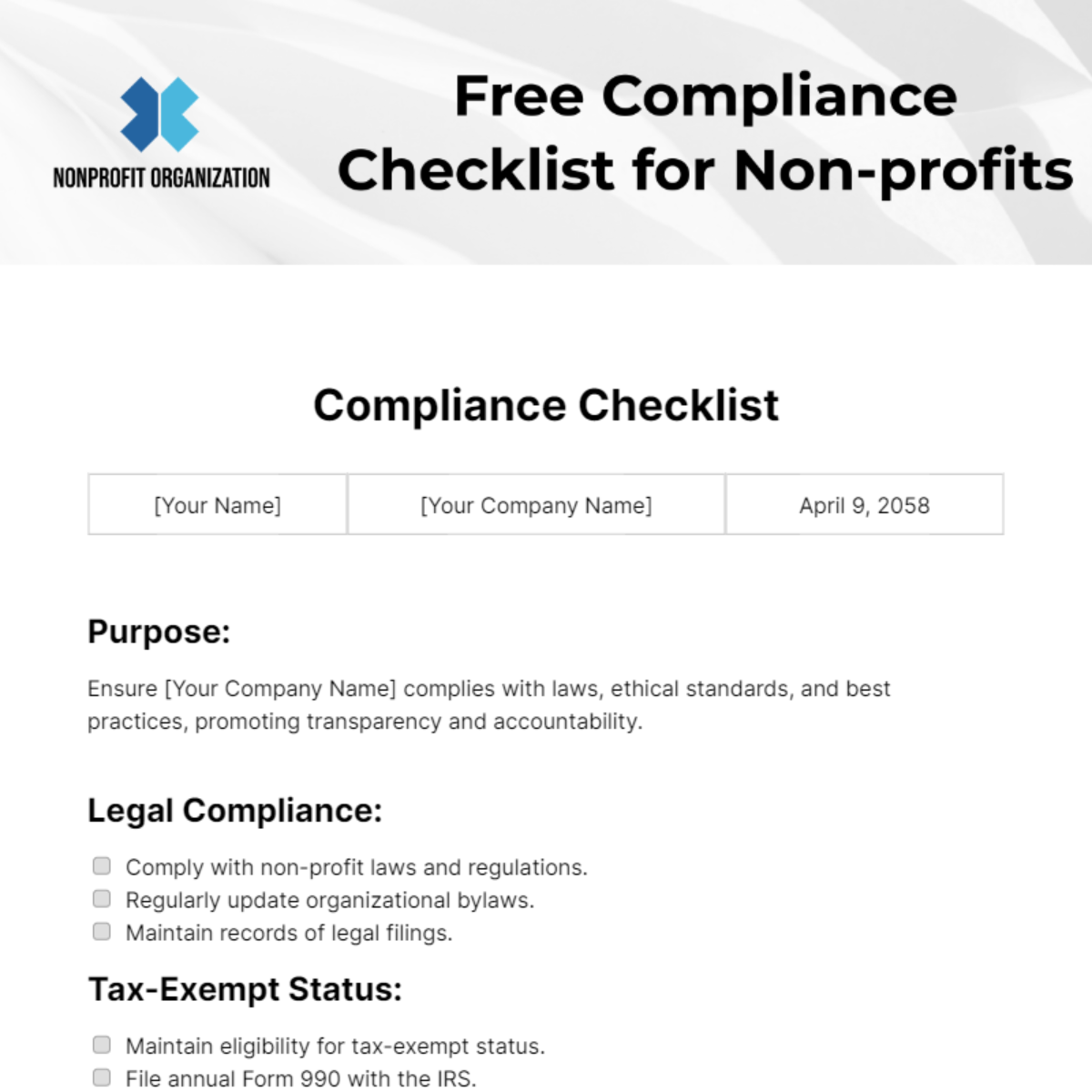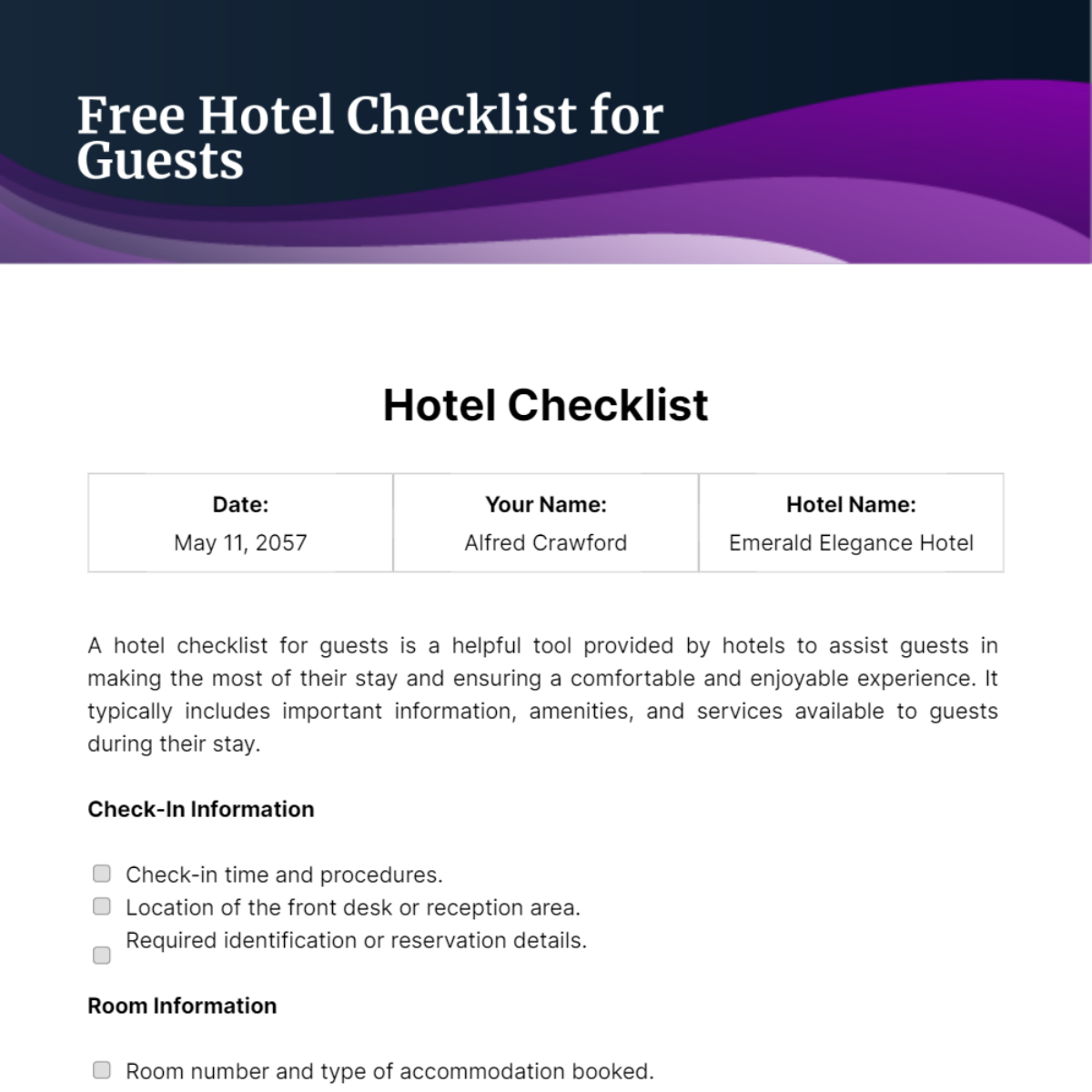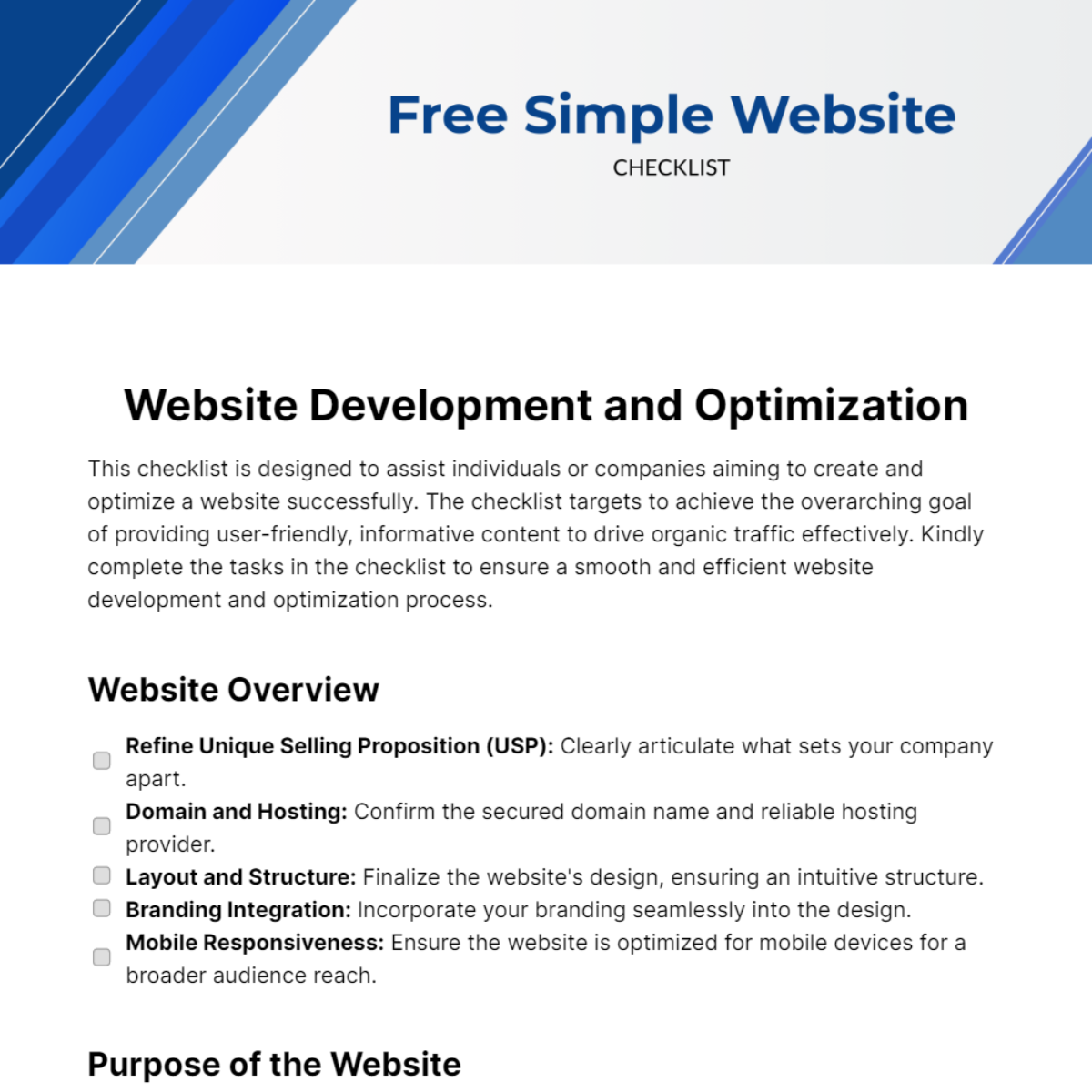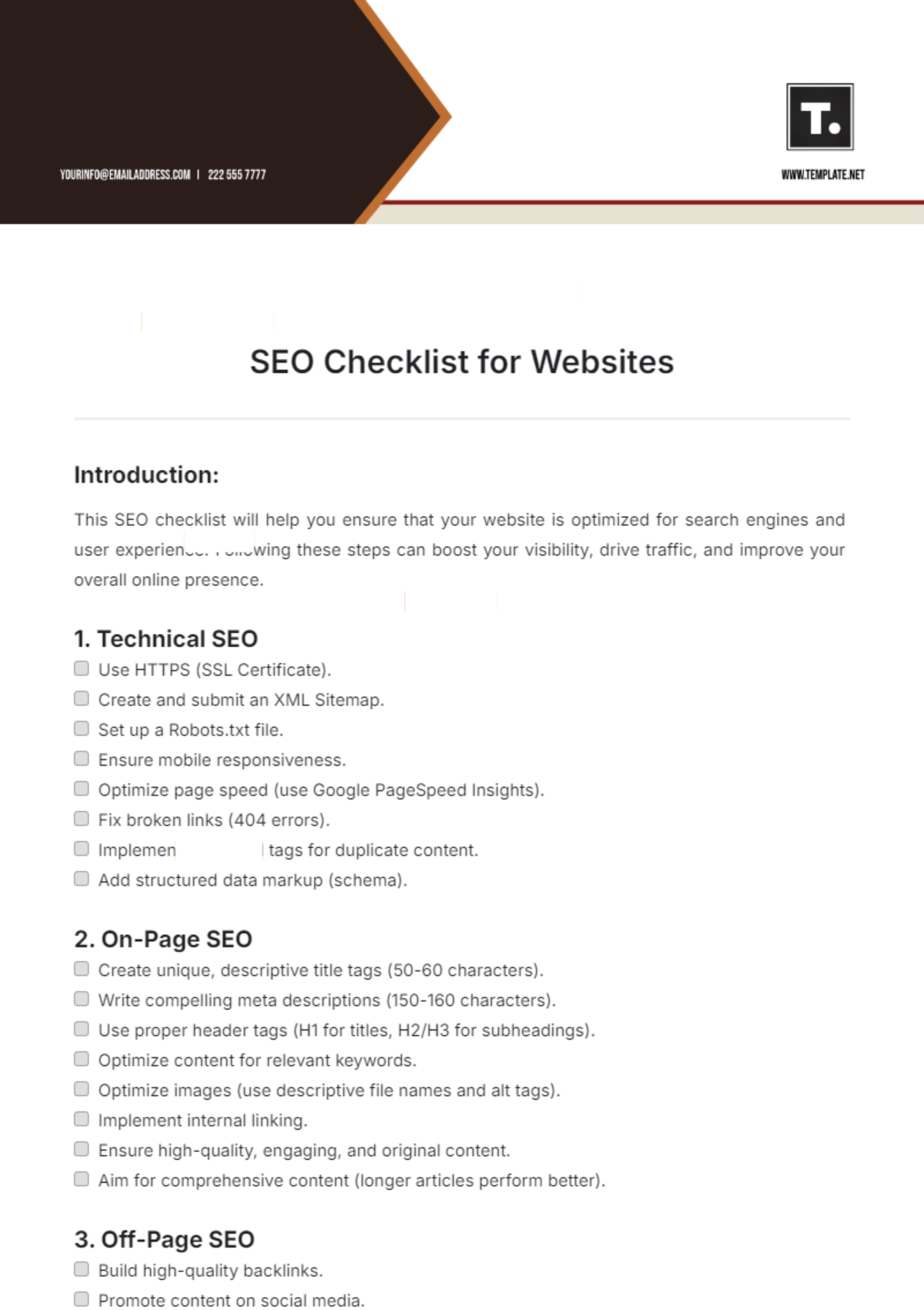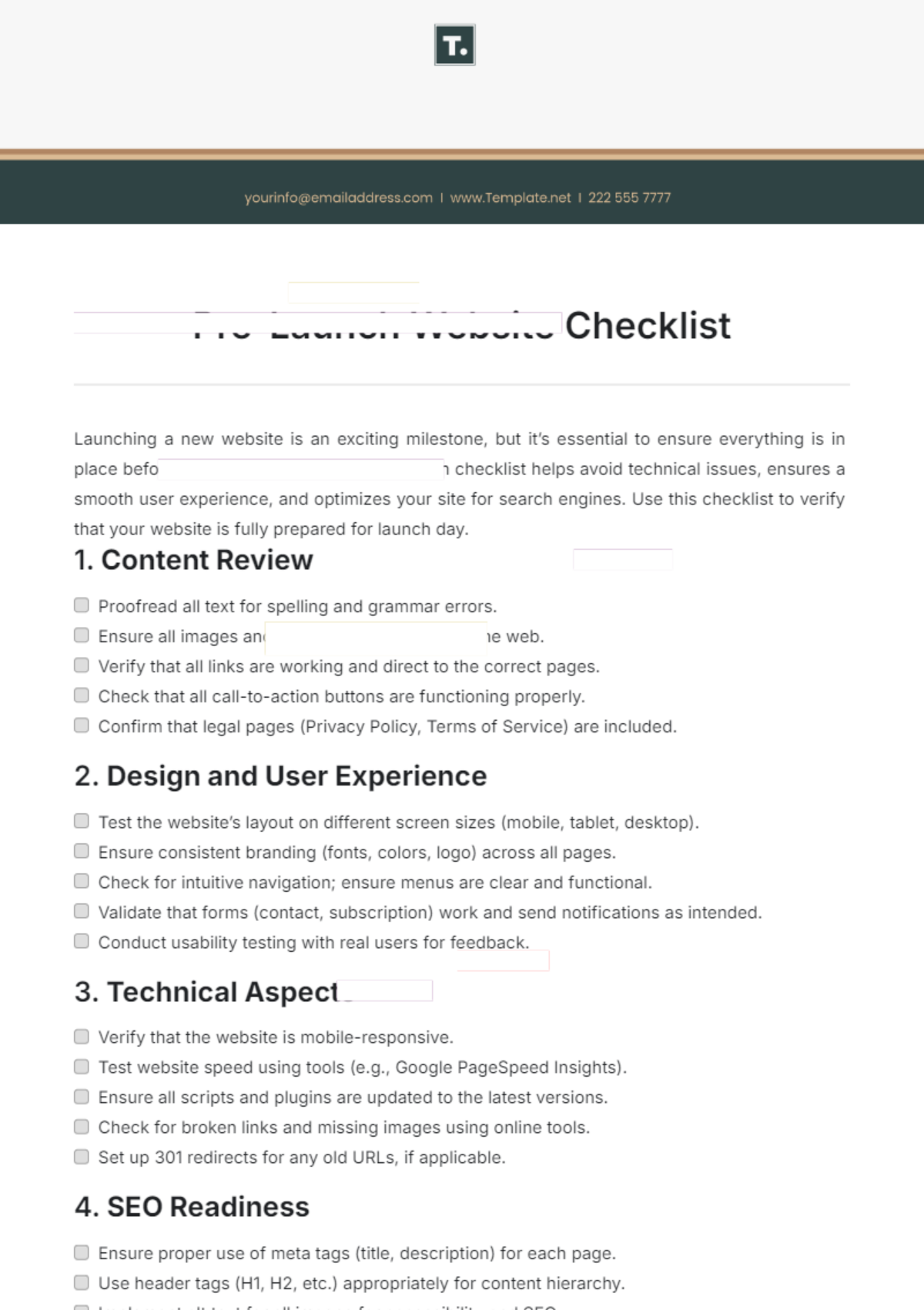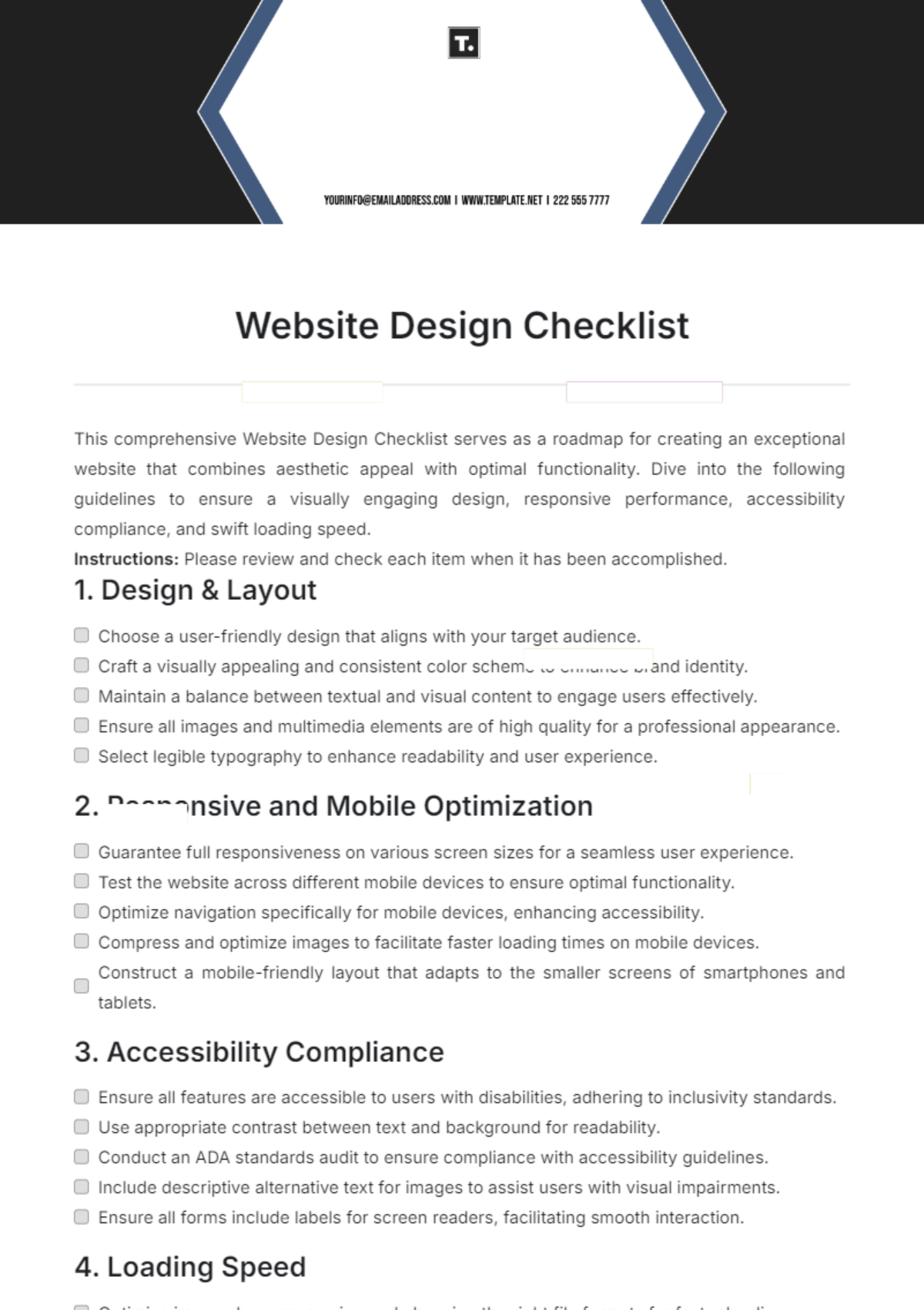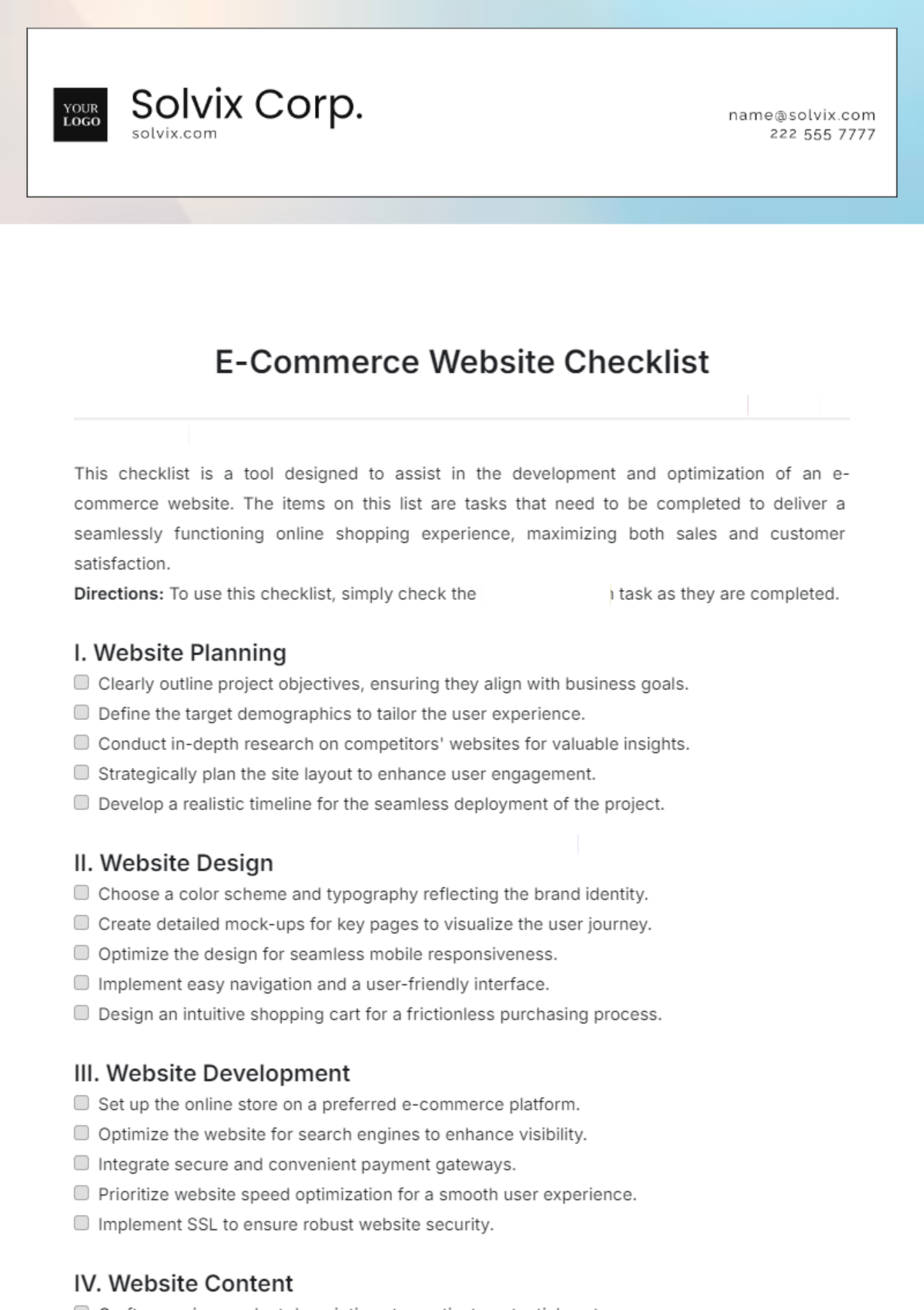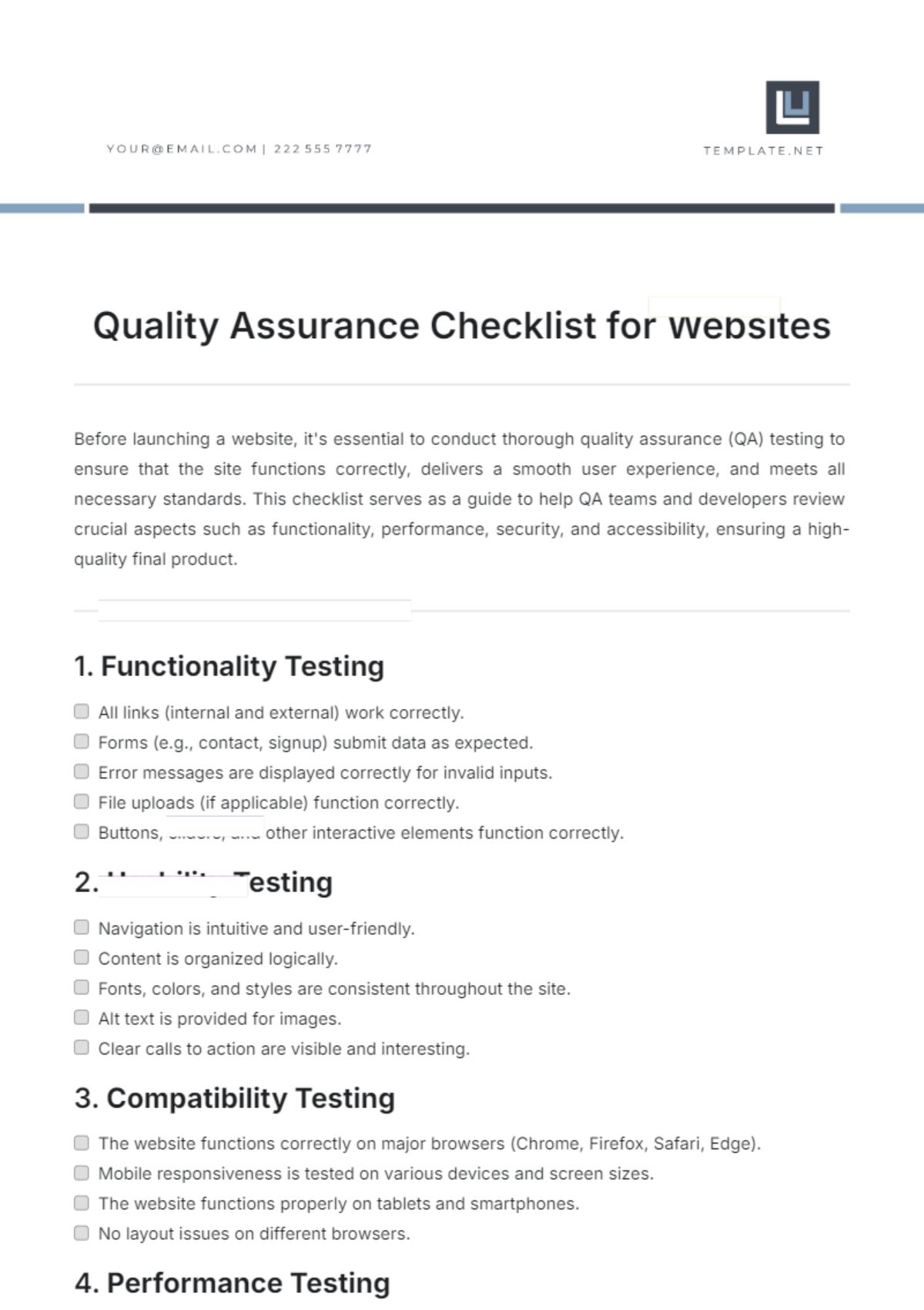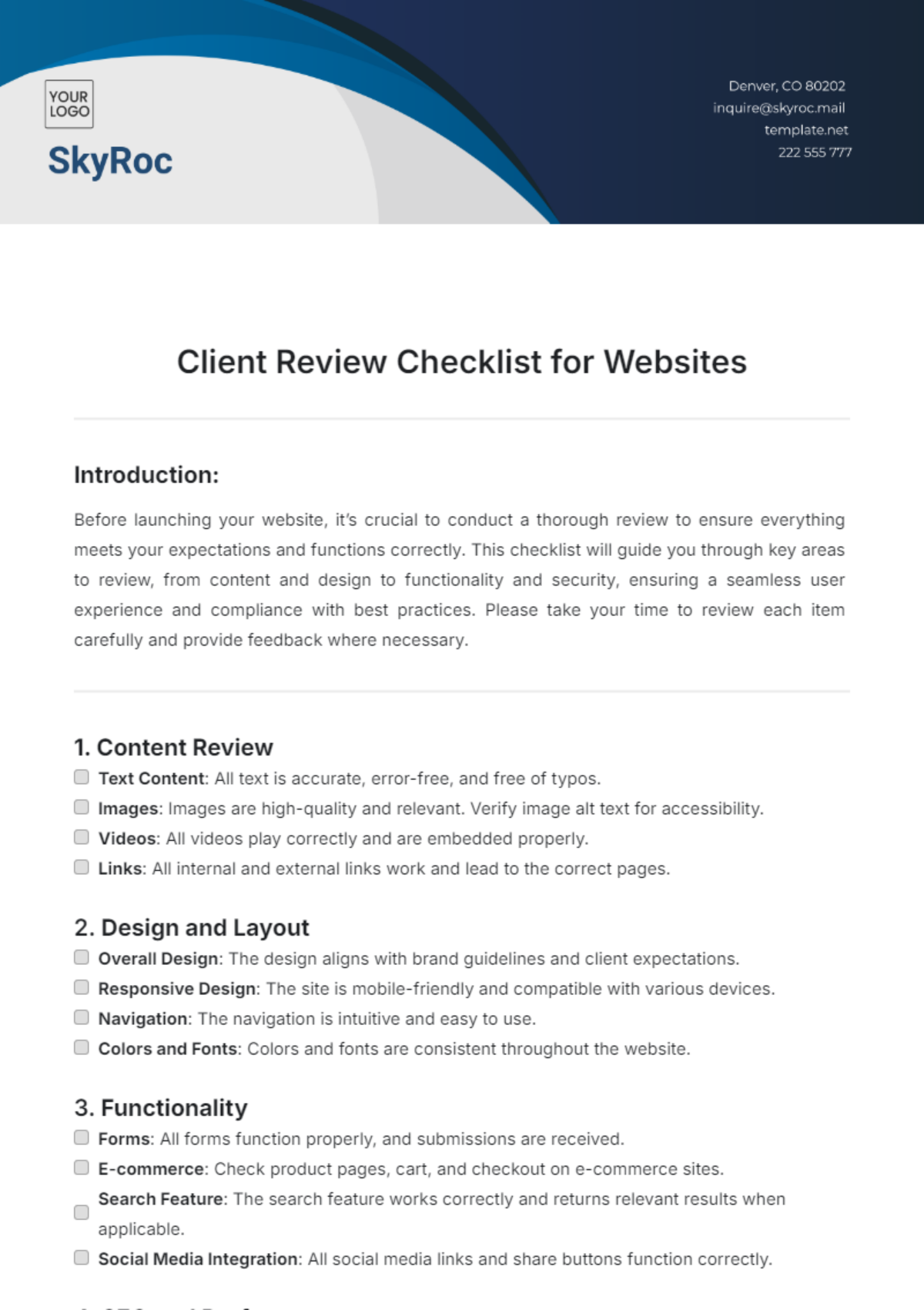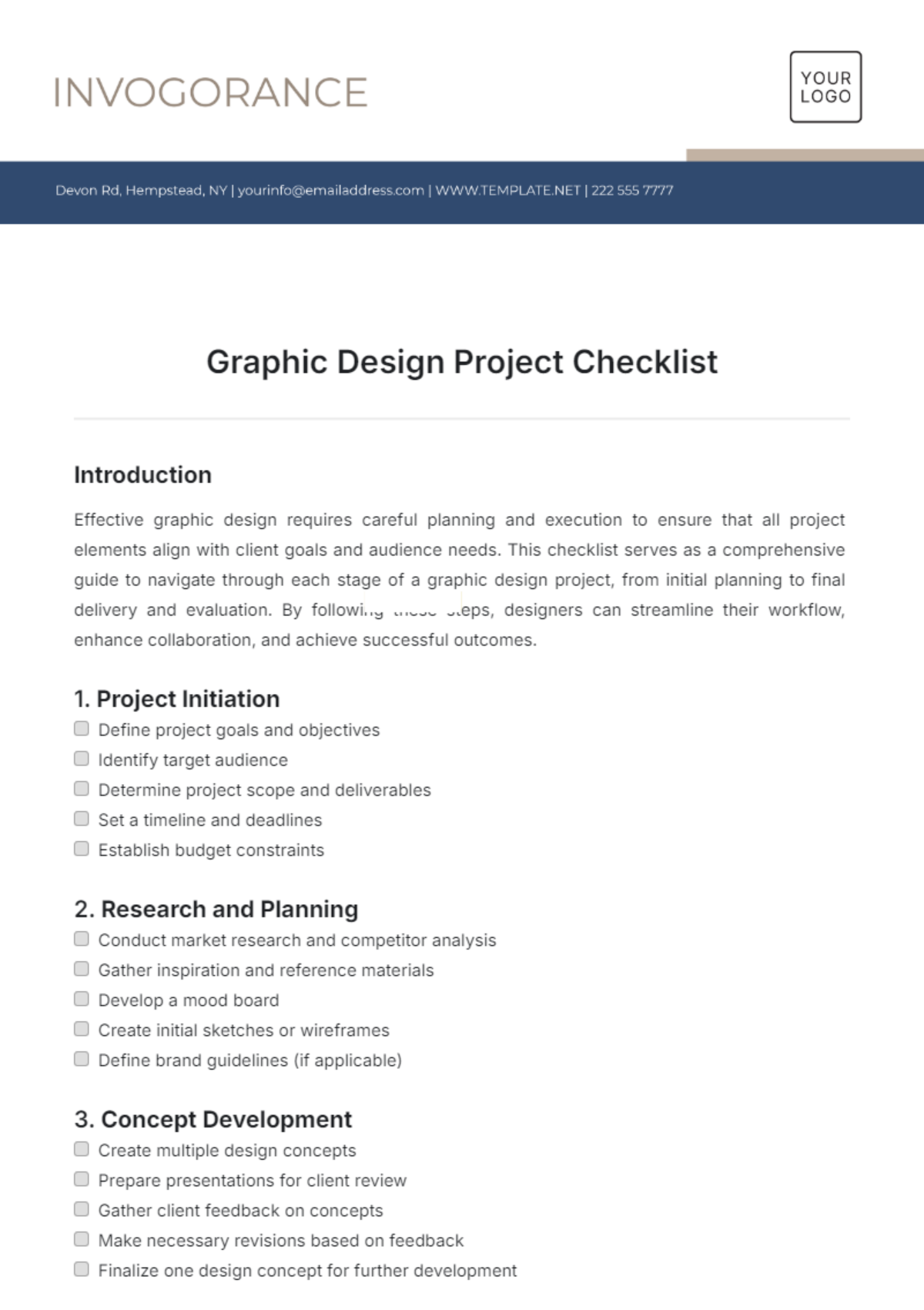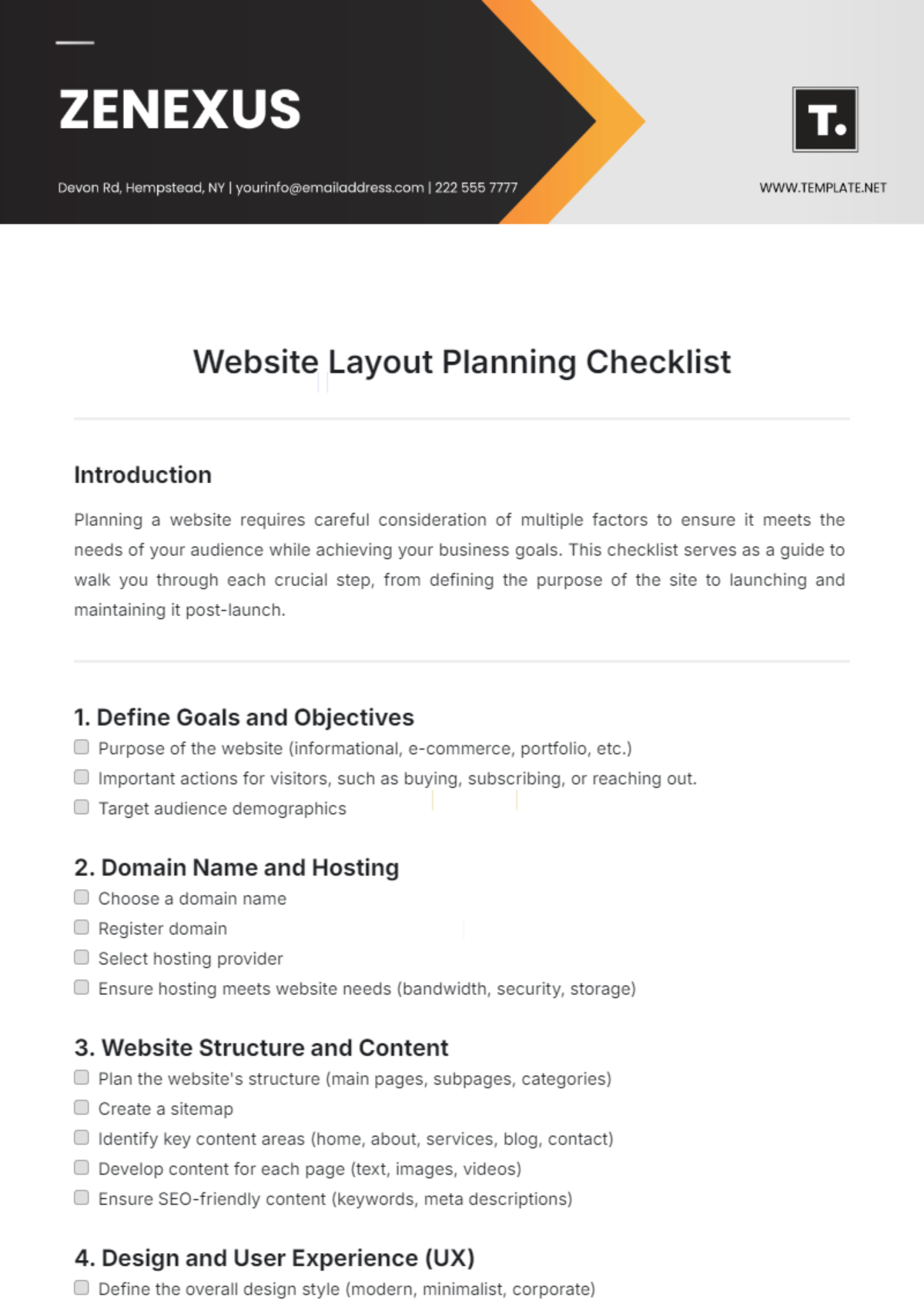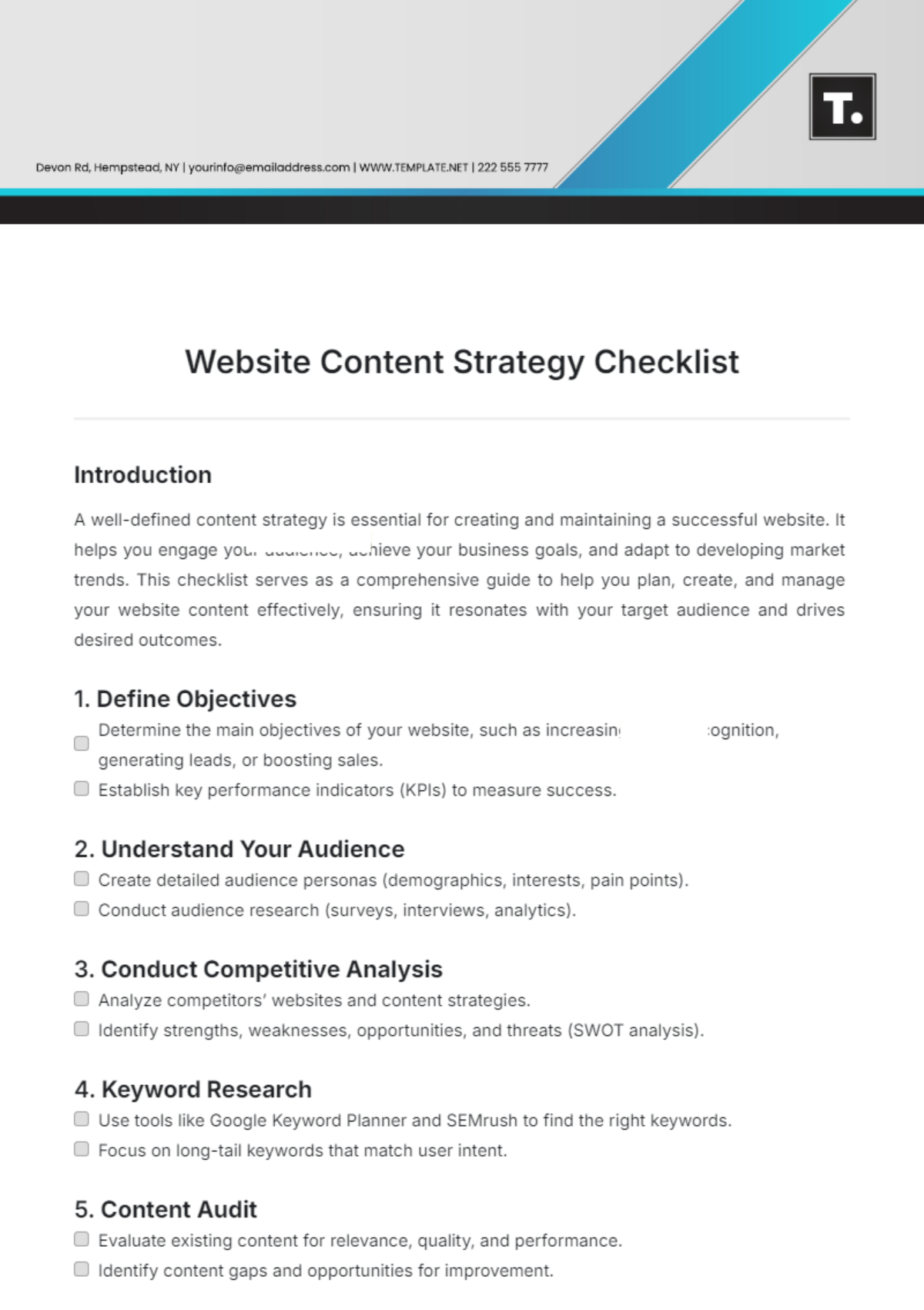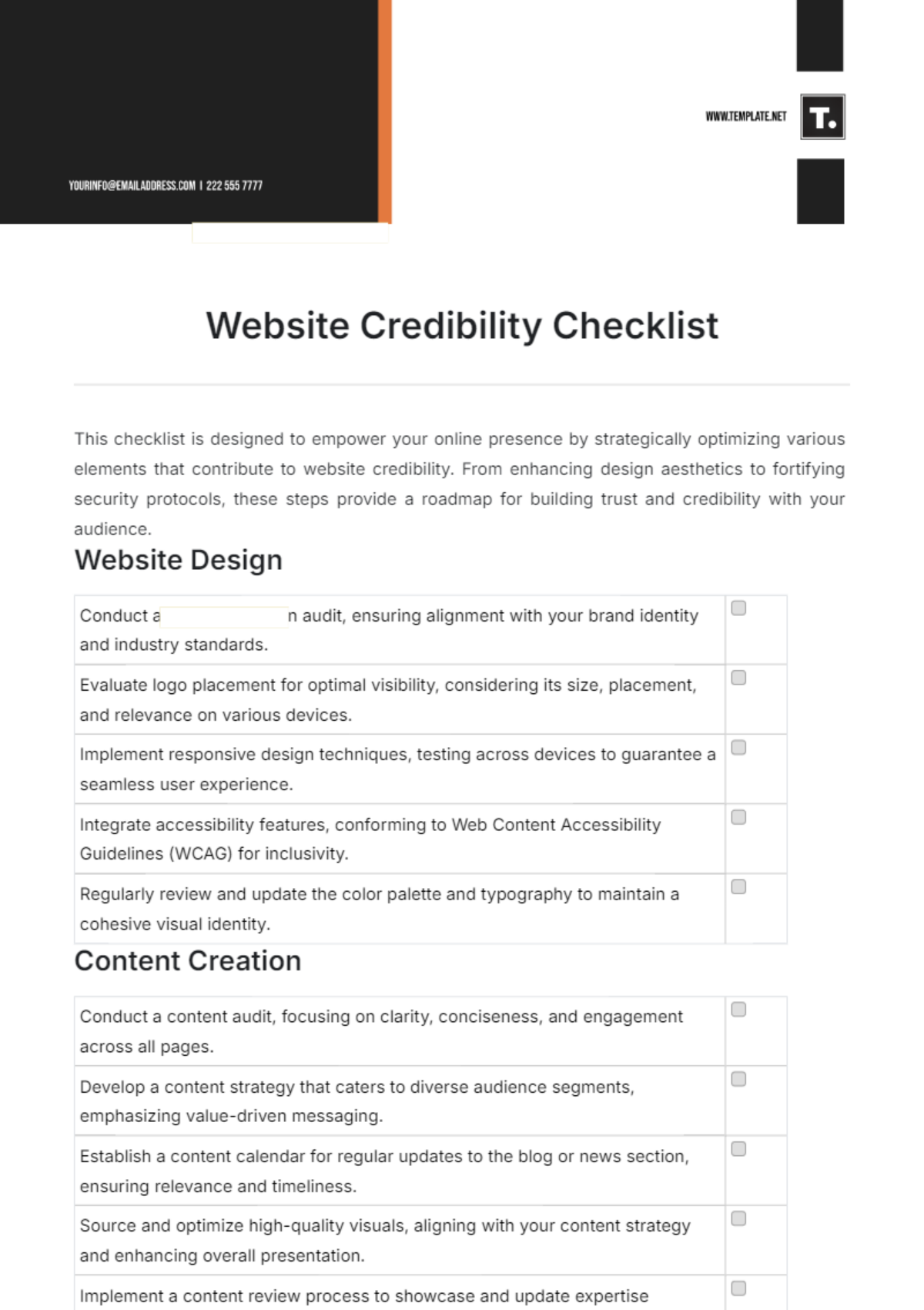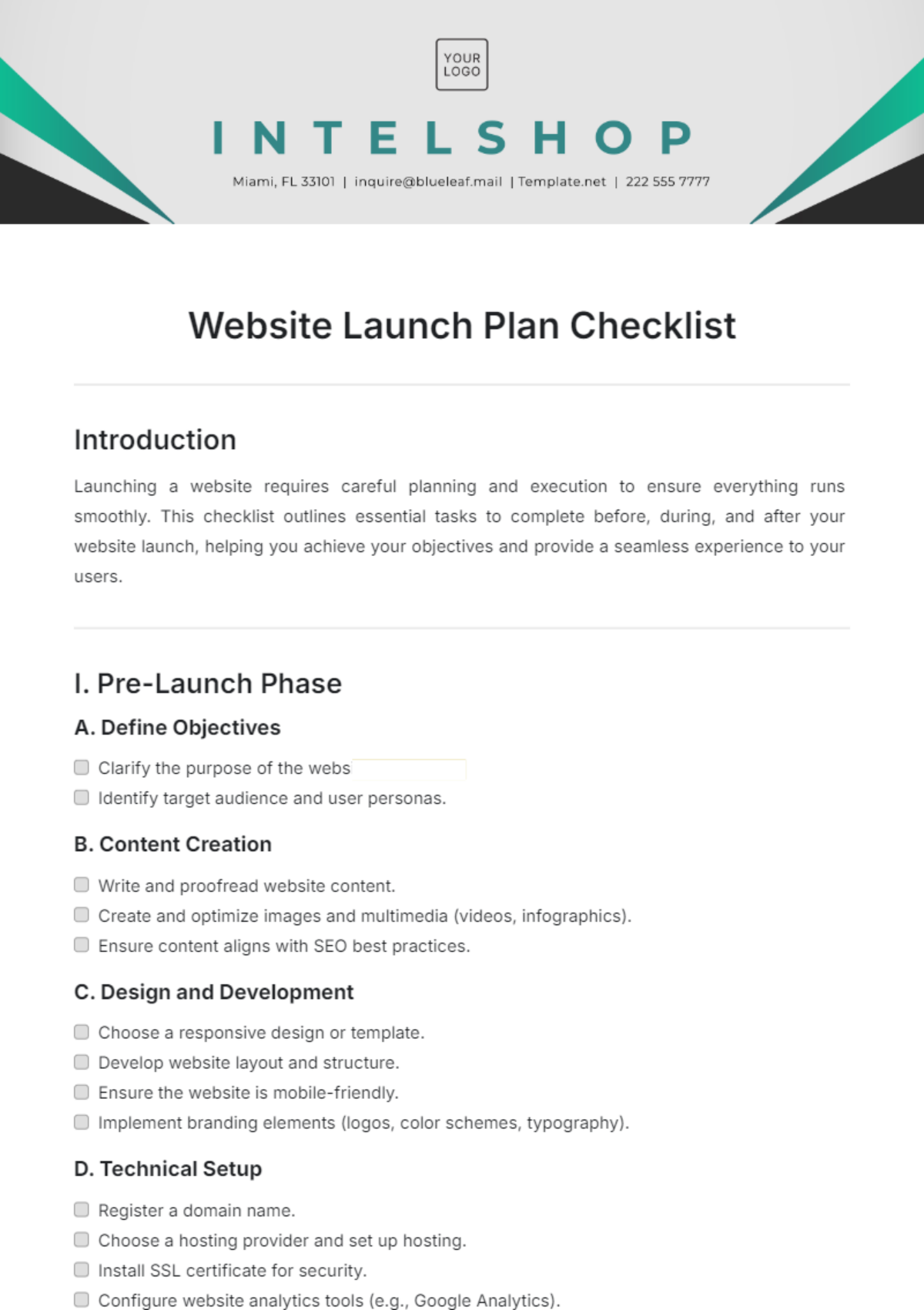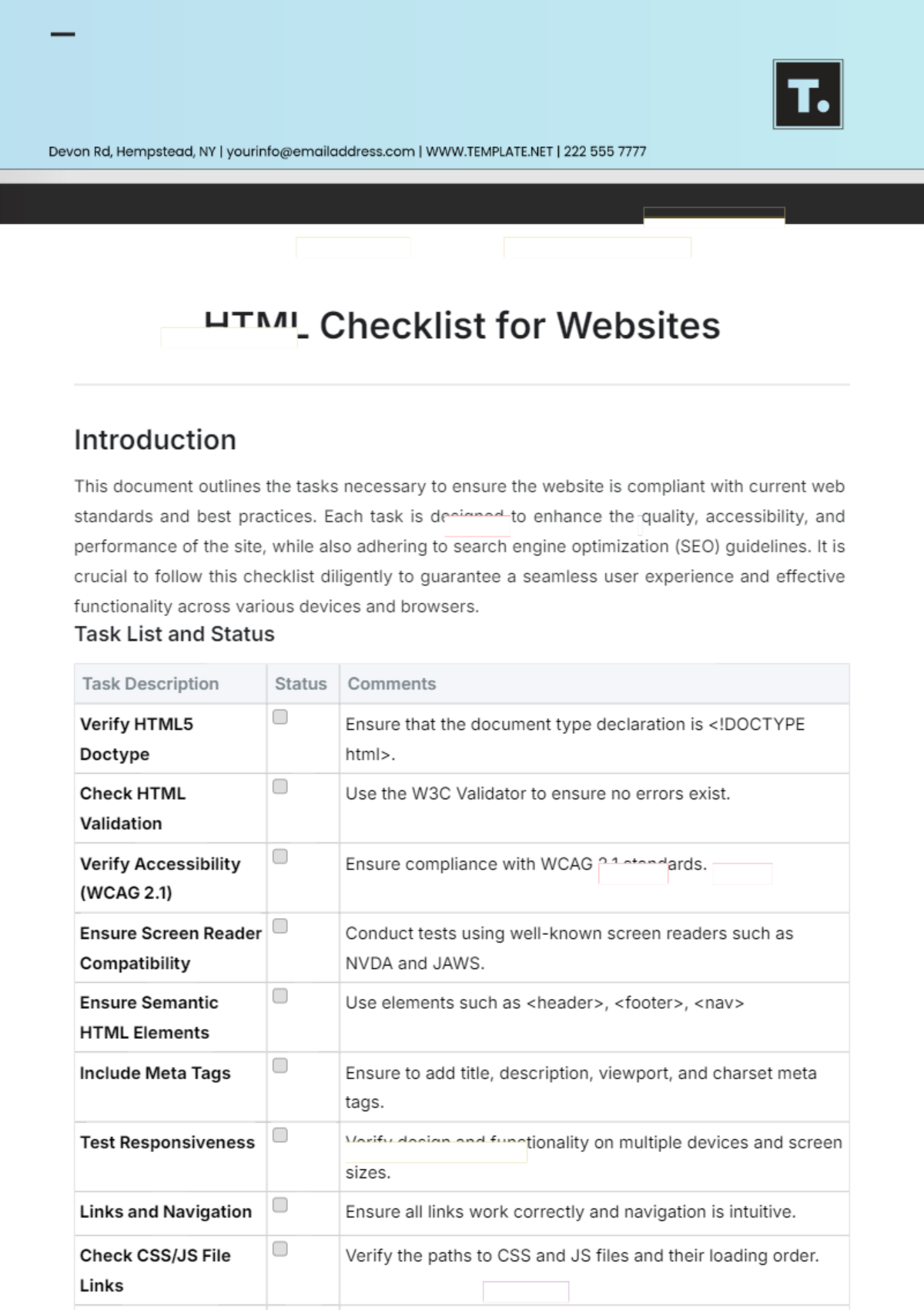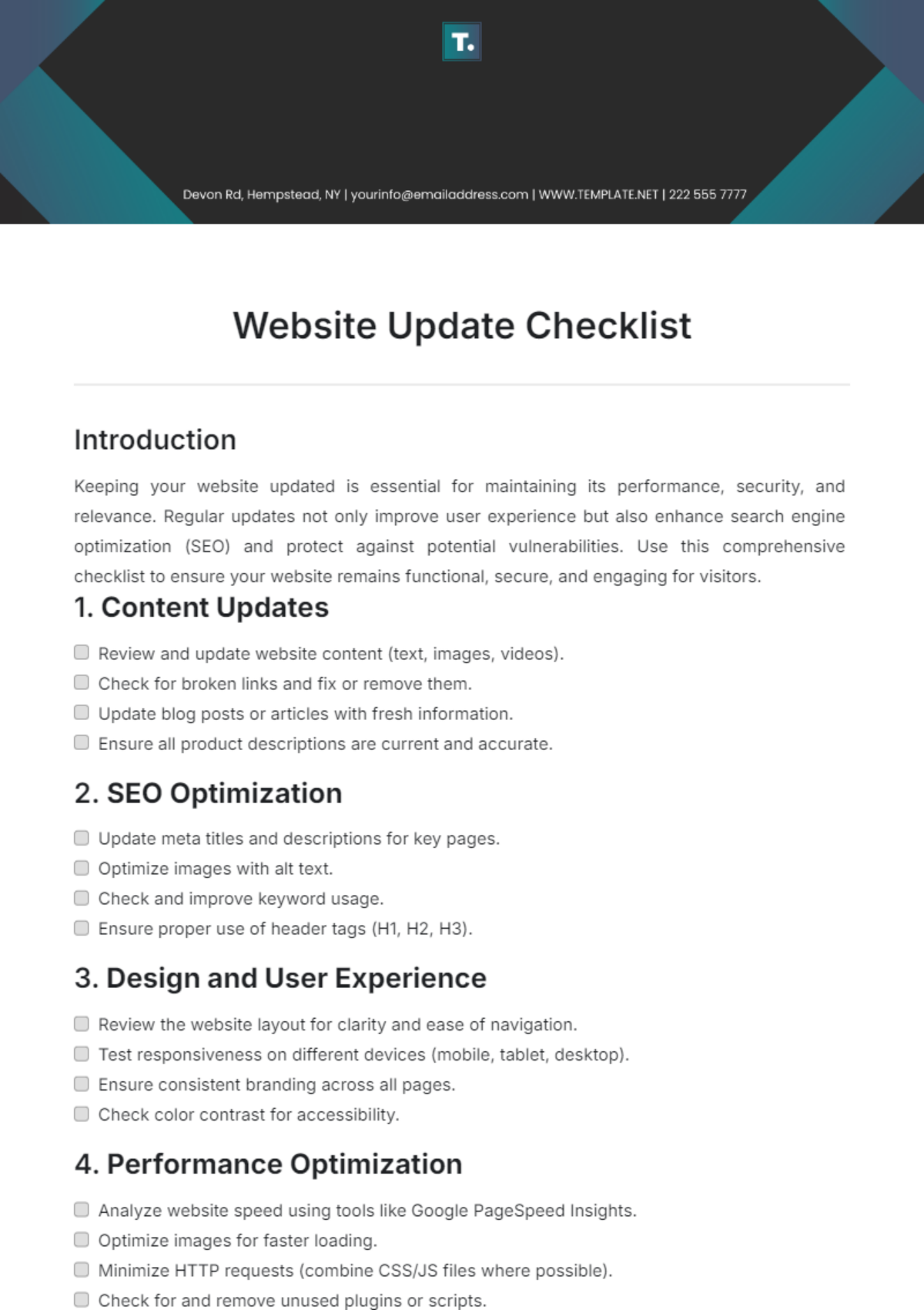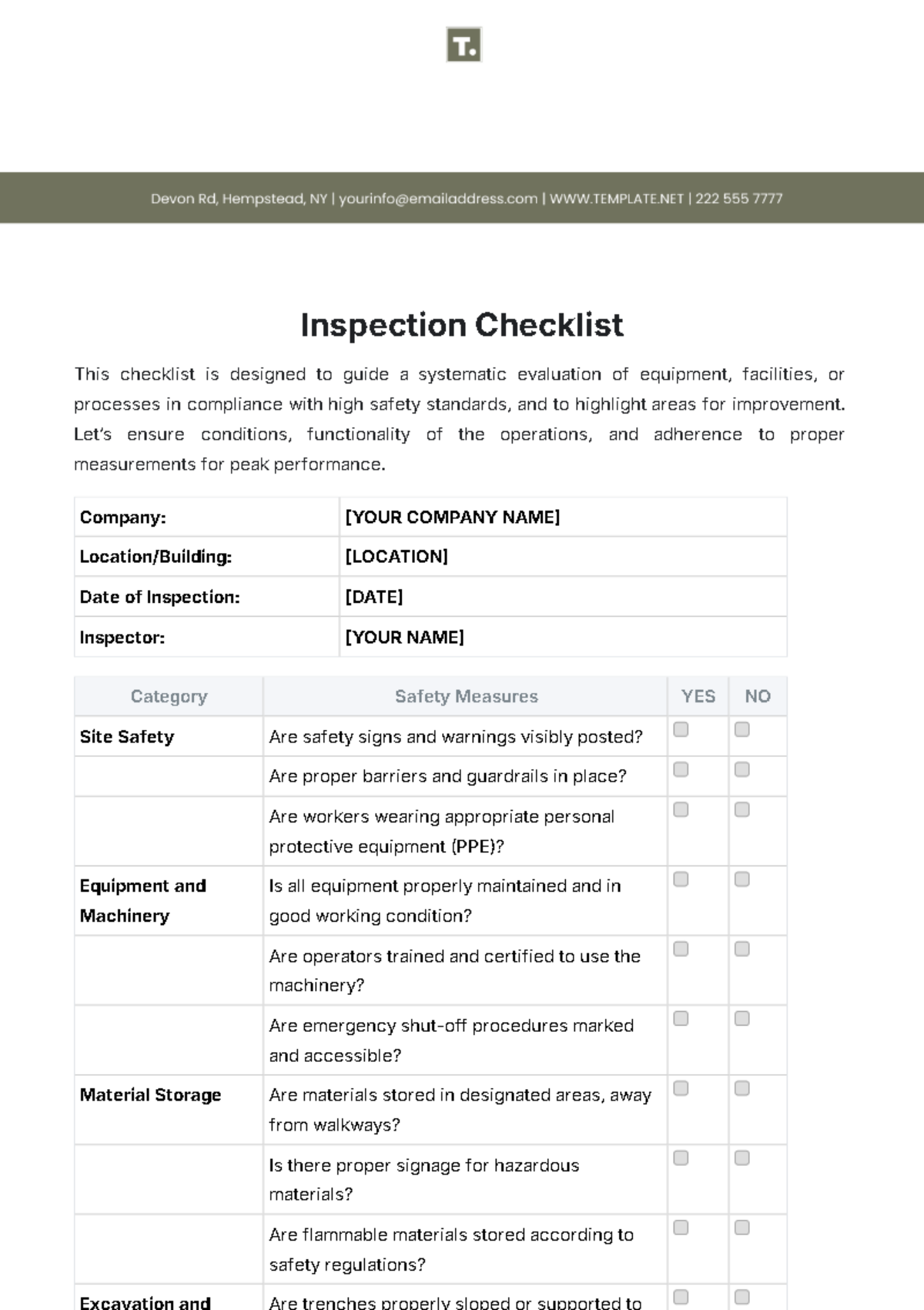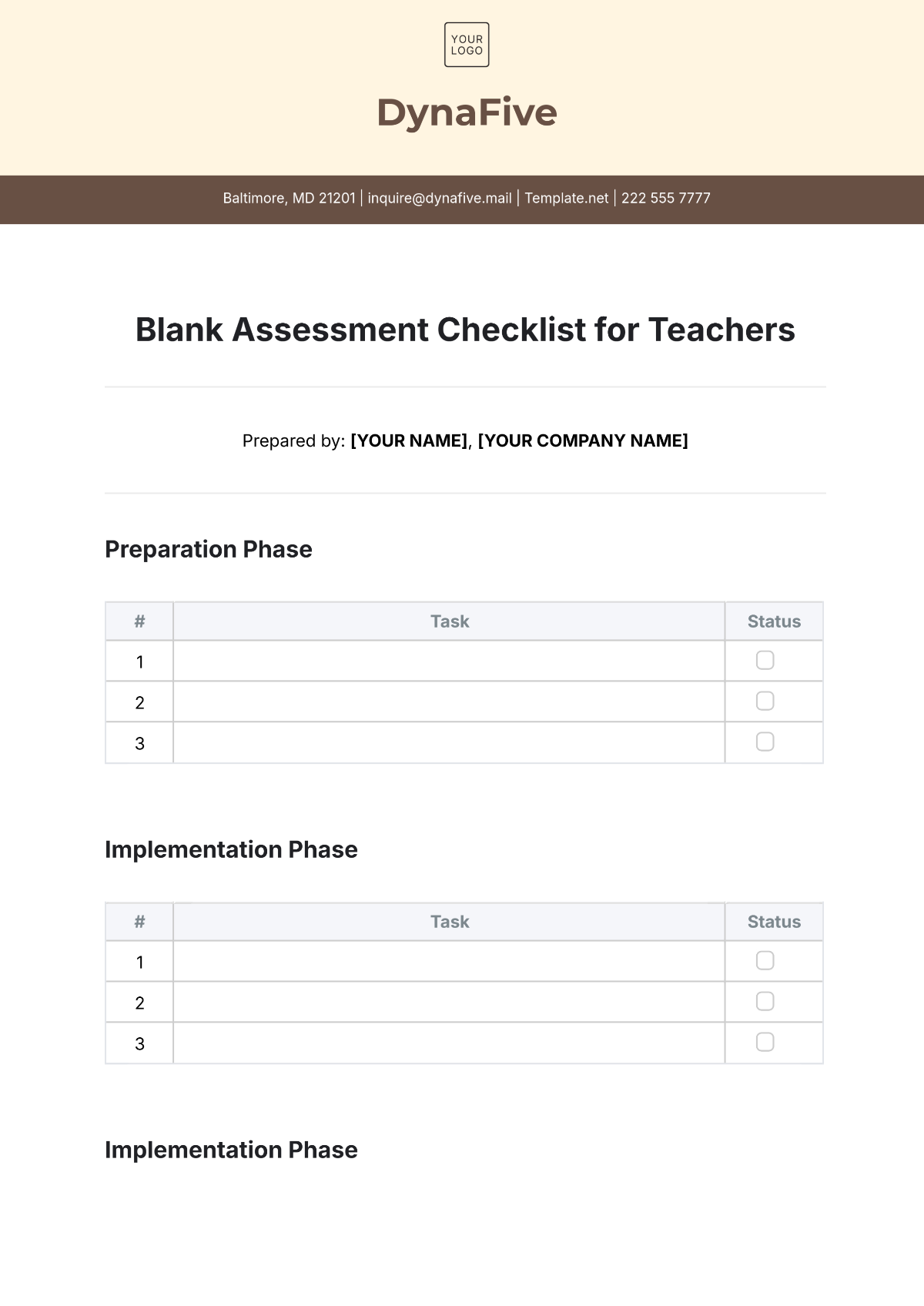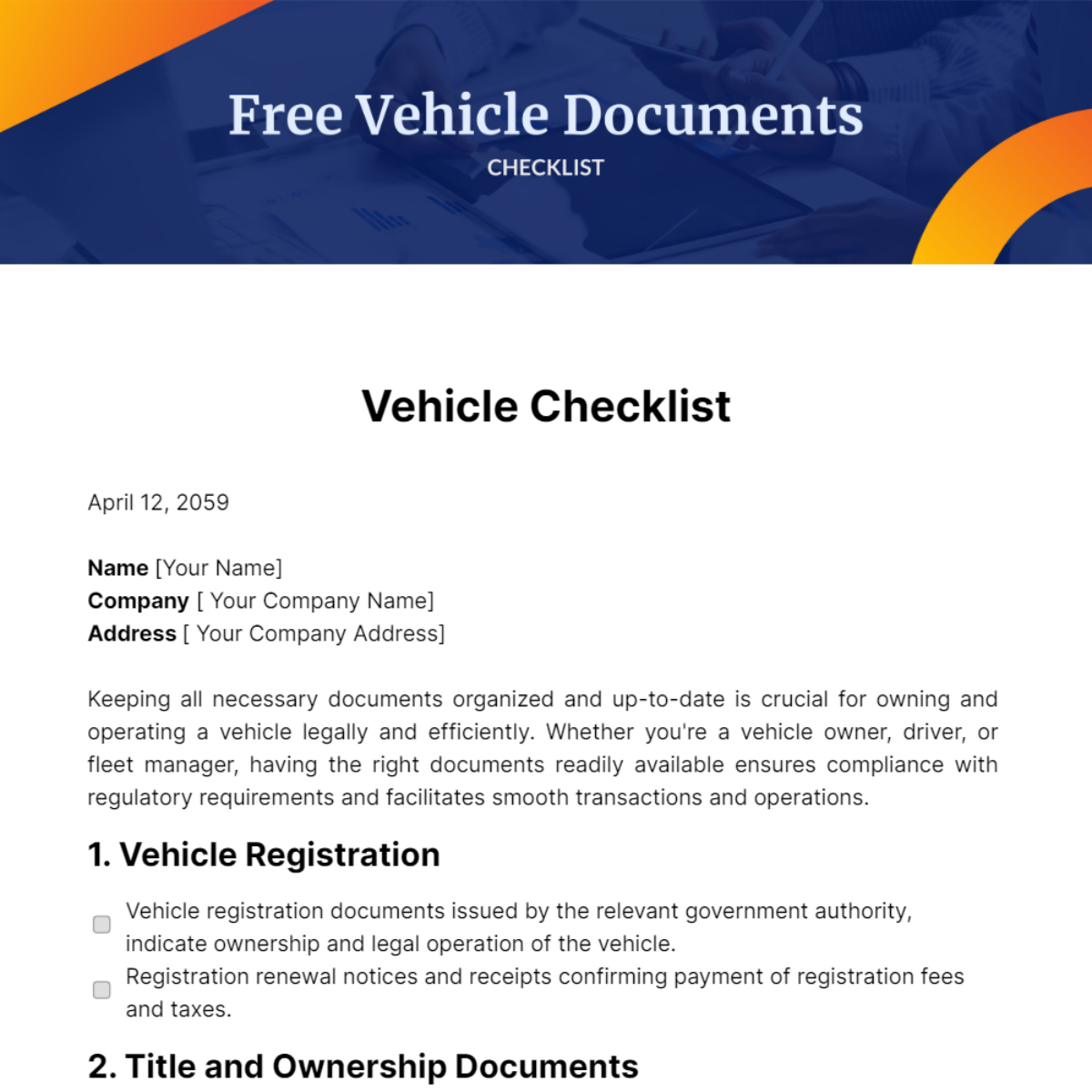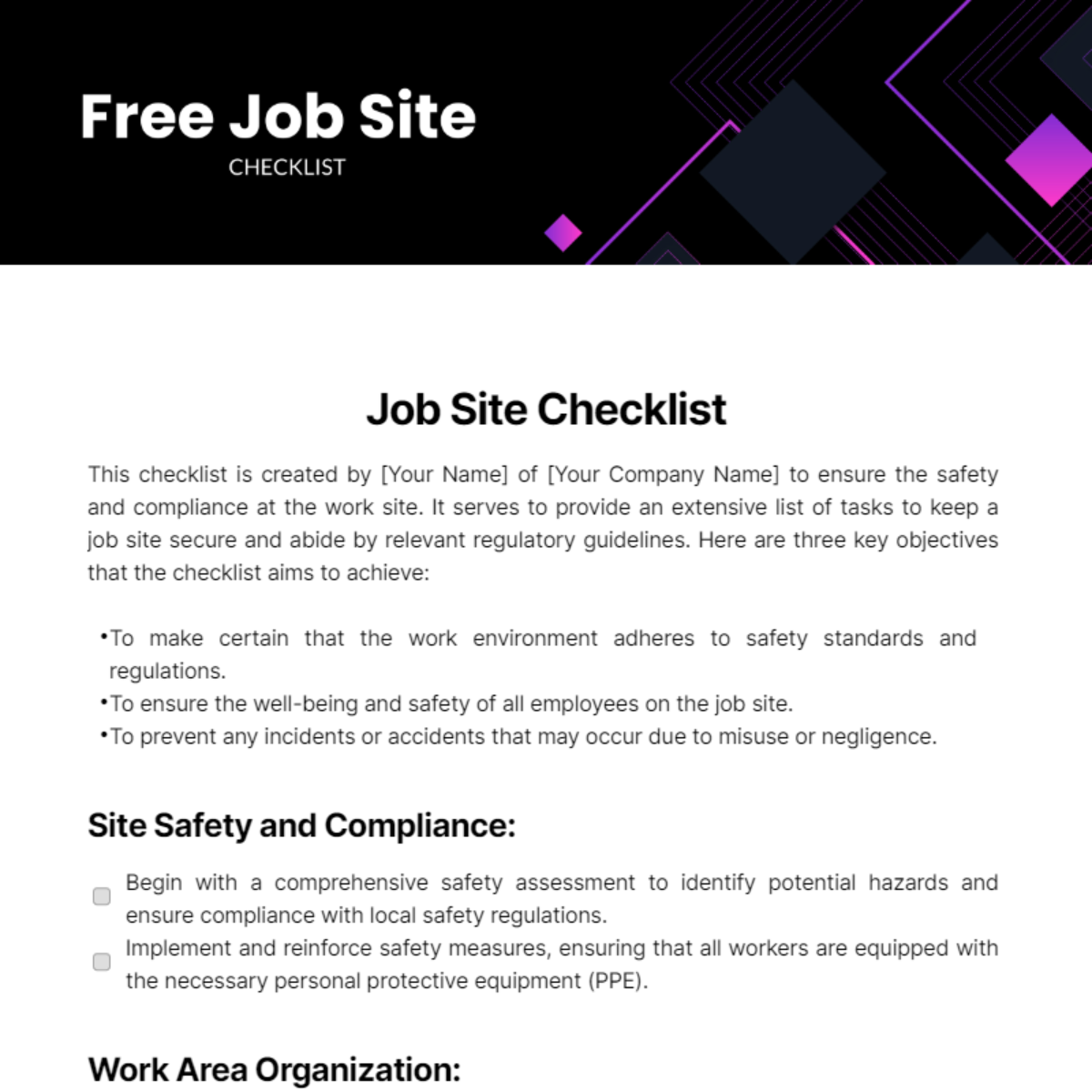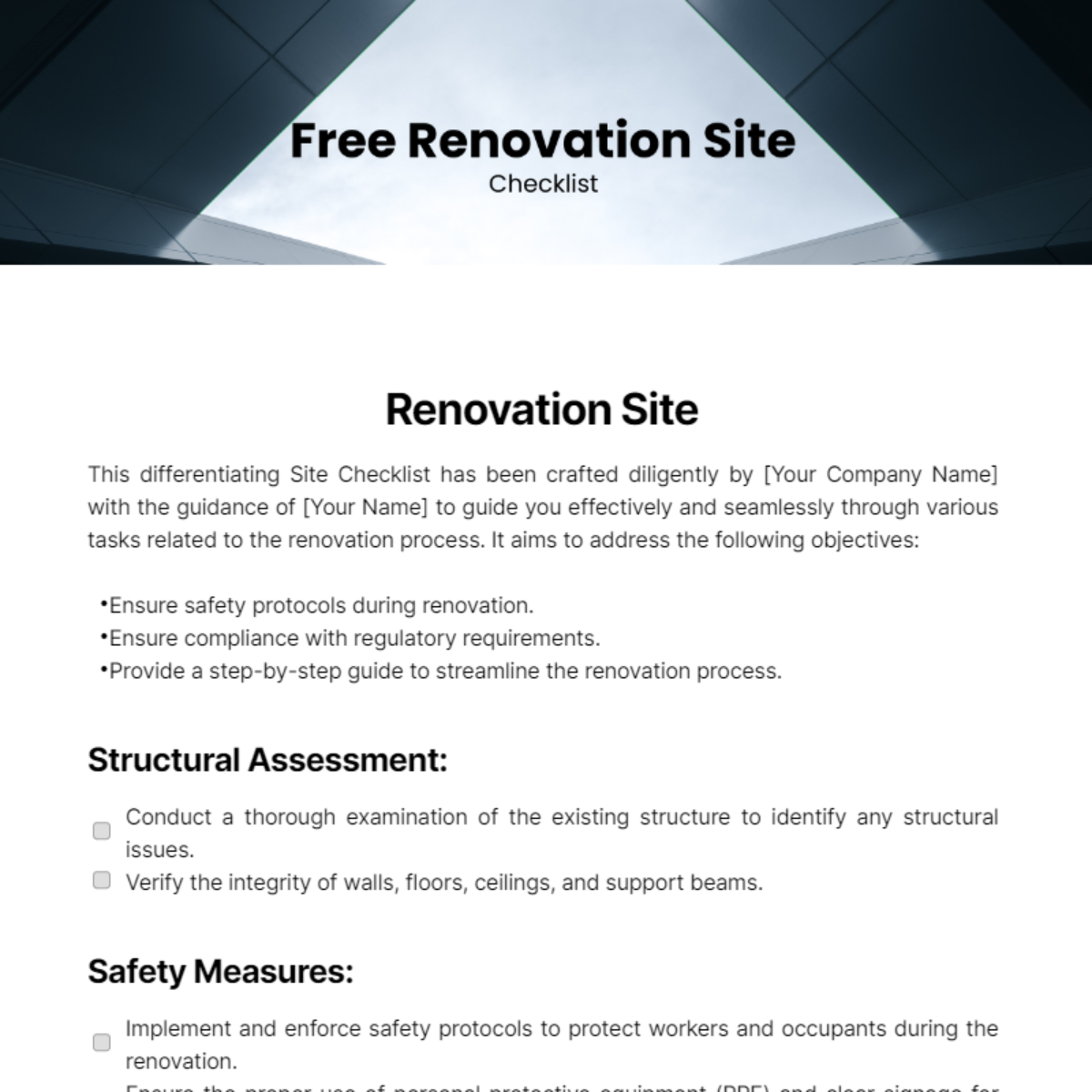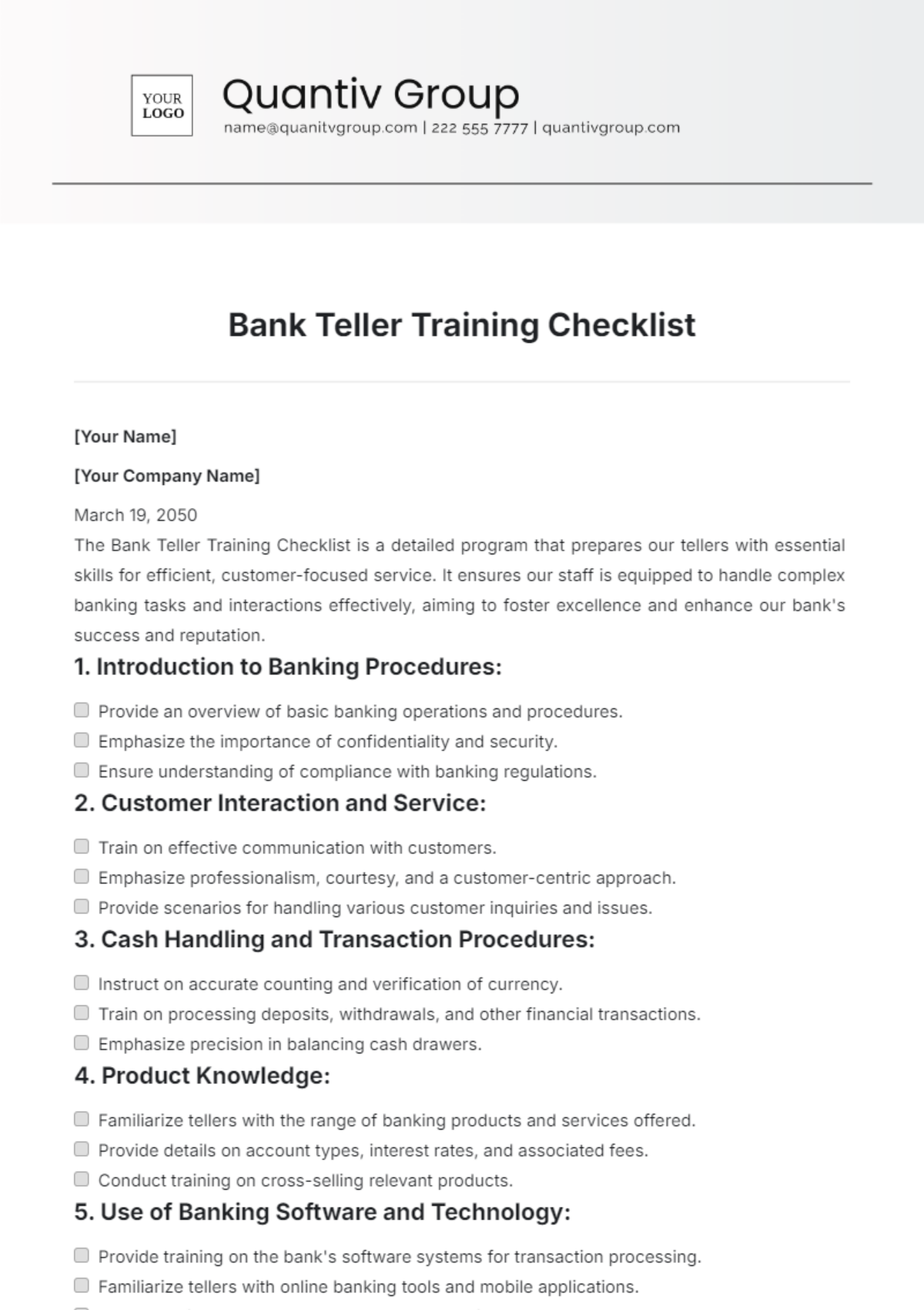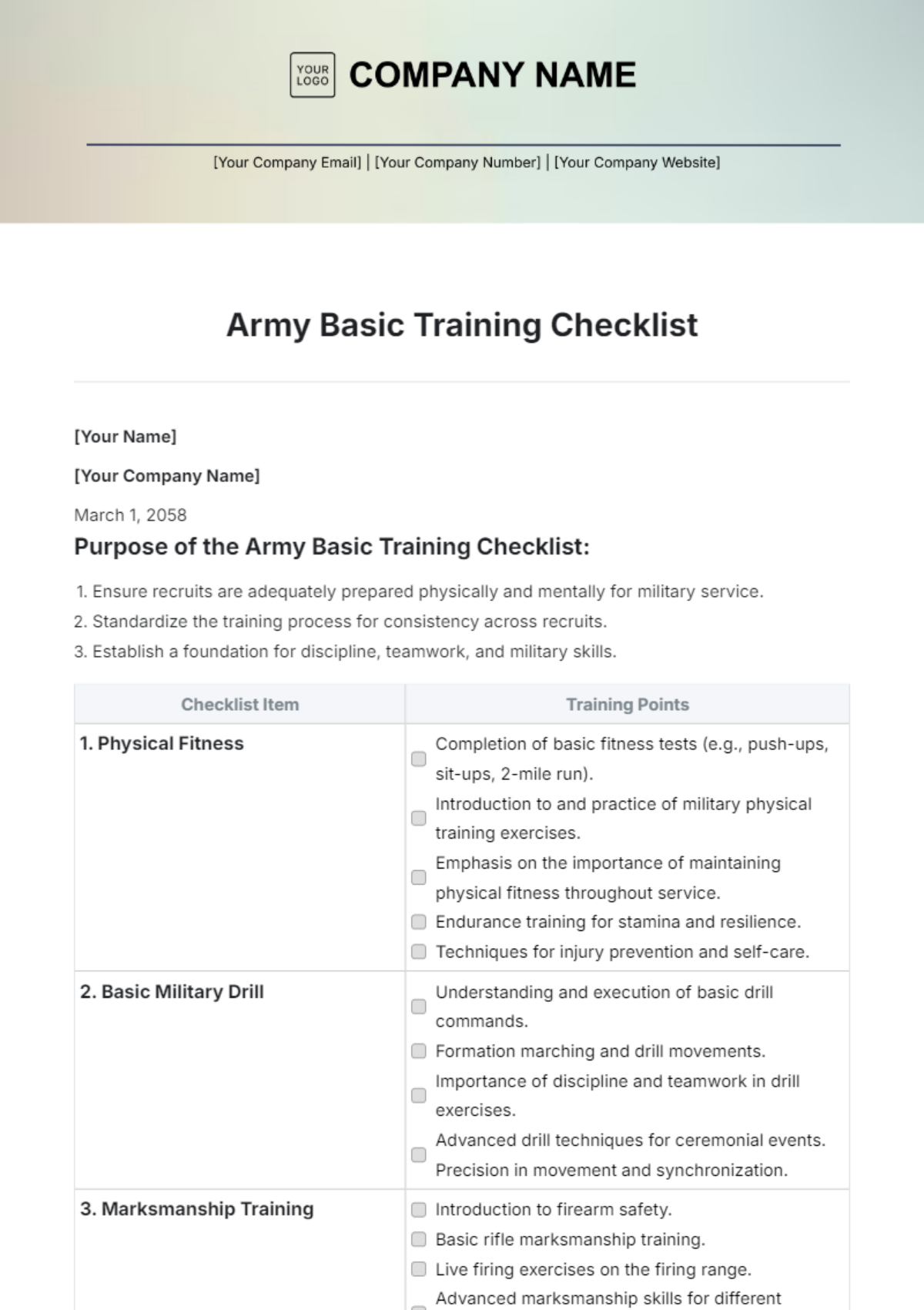Mobile Website Checklist
In today's digital landscape, having a mobile-optimized website is essential for engaging users and improving overall performance. With more people accessing the internet via mobile devices, ensuring your site is user-friendly on smaller screens is critical. This checklist covers key areas to focus on when optimizing your website for mobile users, helping you deliver a seamless experience across various devices.
1. Responsive Design
Ensure the site is responsive and adjusts to various screen sizes.
Use flexible grids and layouts.
Implement media queries for different device resolutions.
2. Loading Speed
Enhance images and utilize suitable formats, such as WebP.
Minify CSS, JavaScript, and HTML.
Leverage browser caching.
Use a Content Delivery Network (CDN).
3. Navigation
Make navigation easier for mobile users, such as by using a hamburger menu.
Ensure buttons and links are easily tappable (minimum size of 44x44 pixels).
Implement a search feature for easier access to content.
4. Content
Prioritize essential content for mobile users.
Use larger fonts for readability (minimum 16px).
Avoid excessive text; use bullet points and short paragraphs.
Include clear calls to action (CTAs).
5. Touch Interactions
Ensure that touch targets are large enough and spaced apart.
Test for swipe gestures where applicable.
Avoid hover effects; use click/tap actions instead.
6. Forms
Simplify forms; minimize the number of fields.
Use mobile-optimized input types like email and phone fields.
Enable autofill for an easier user experience.
Ensure error messages are clear and prominent.
7. Testing Across Devices
Test on multiple devices (iOS, Android, tablets).
Use browser developer tools for the simulation of various screen sizes.
Regularly check for compatibility with new devices and updates.
8. SEO and Analytics
Ensure mobile optimization does not affect SEO (use correct meta tags).
Implement schema markup for better search visibility.
Set up mobile analytics tracking to monitor performance.
9. Accessibility
Ensure text is readable without zooming.
Use alt text for images.
Ensure proper color contrast for readability.
Implement ARIA (Accessible Rich Internet Applications) roles where necessary.
10. Performance Monitoring
Regularly monitor site performance using tools like Google PageSpeed Insights.
Check for broken links and fix them.
Keep plugins and scripts updated to avoid slowdowns.
